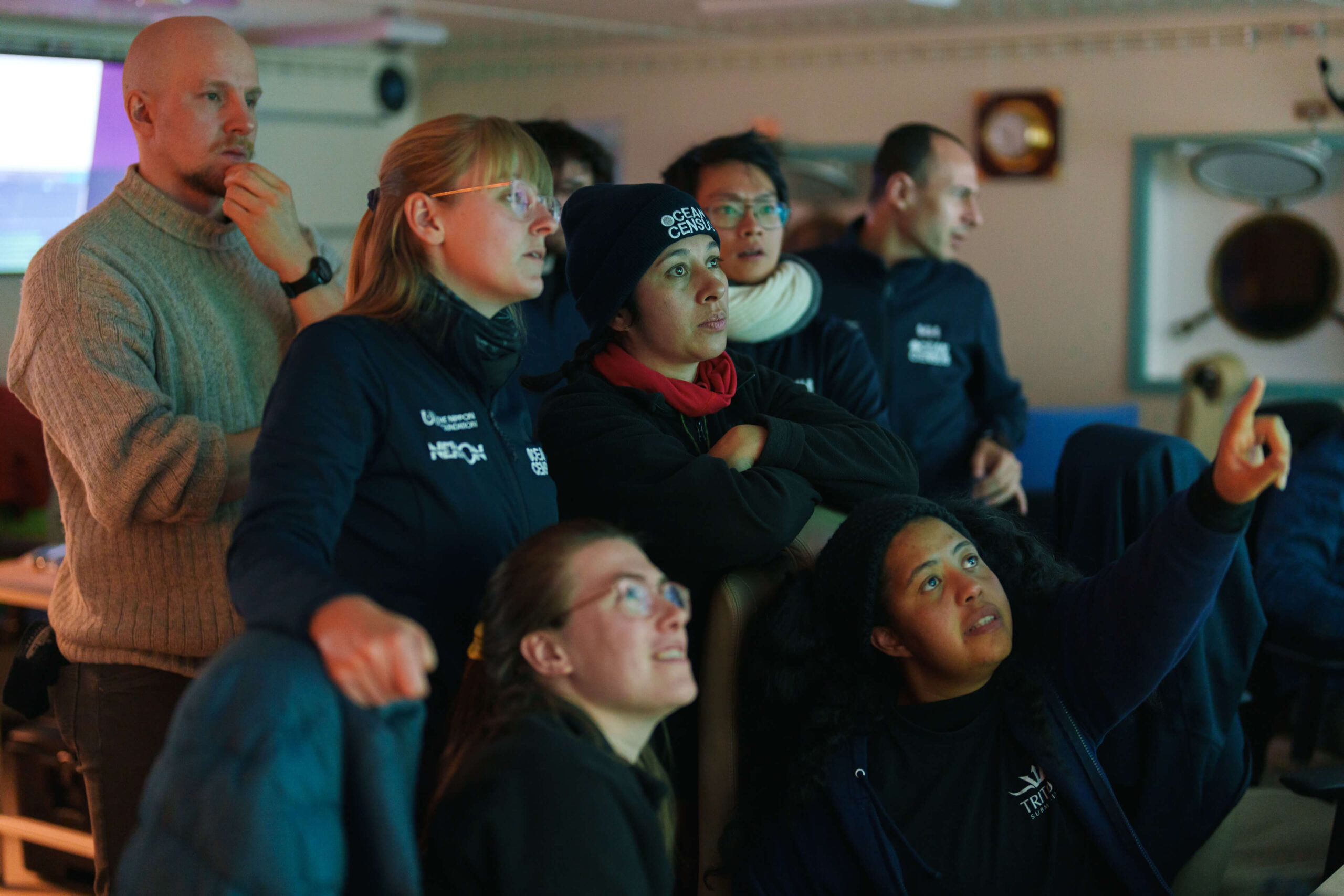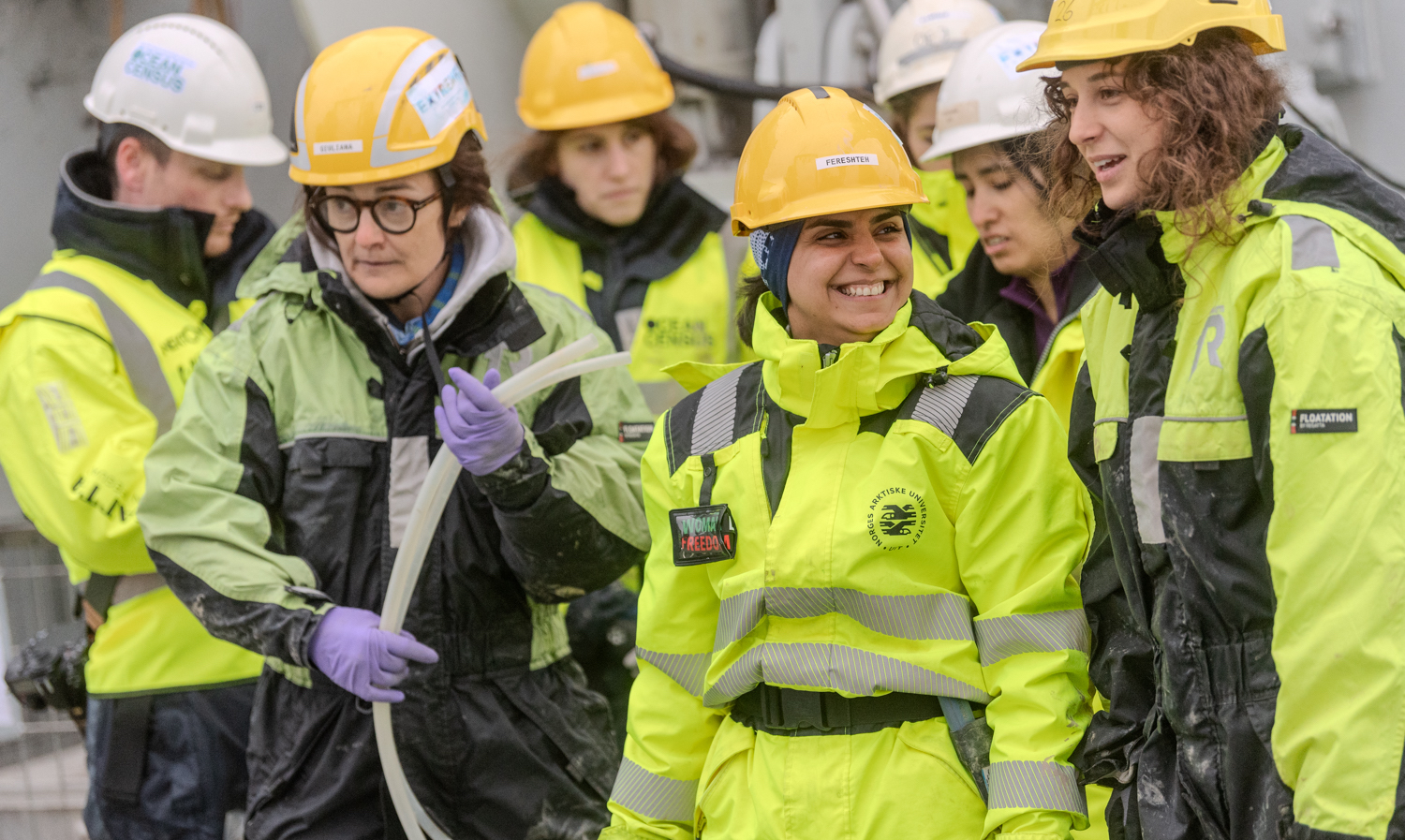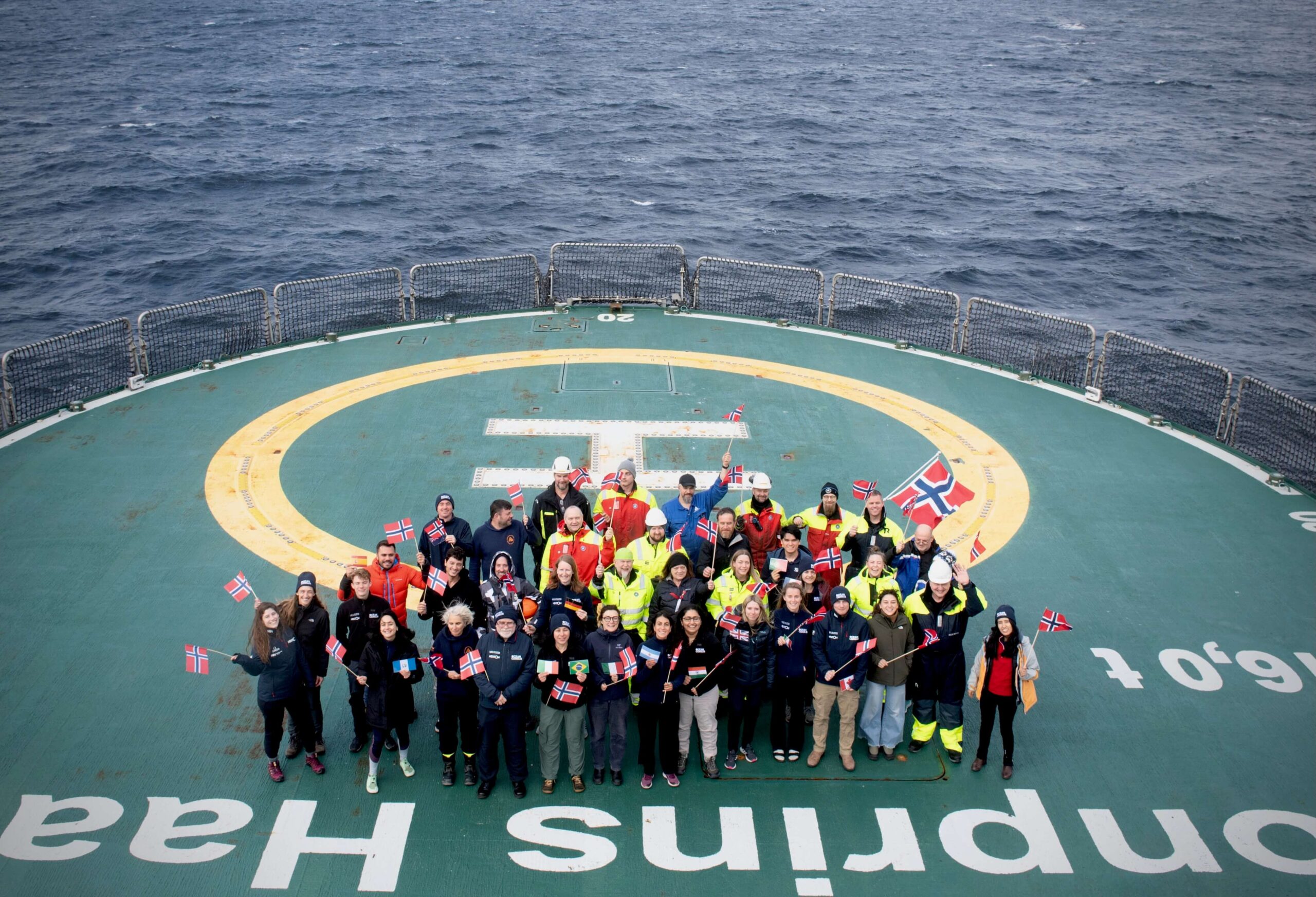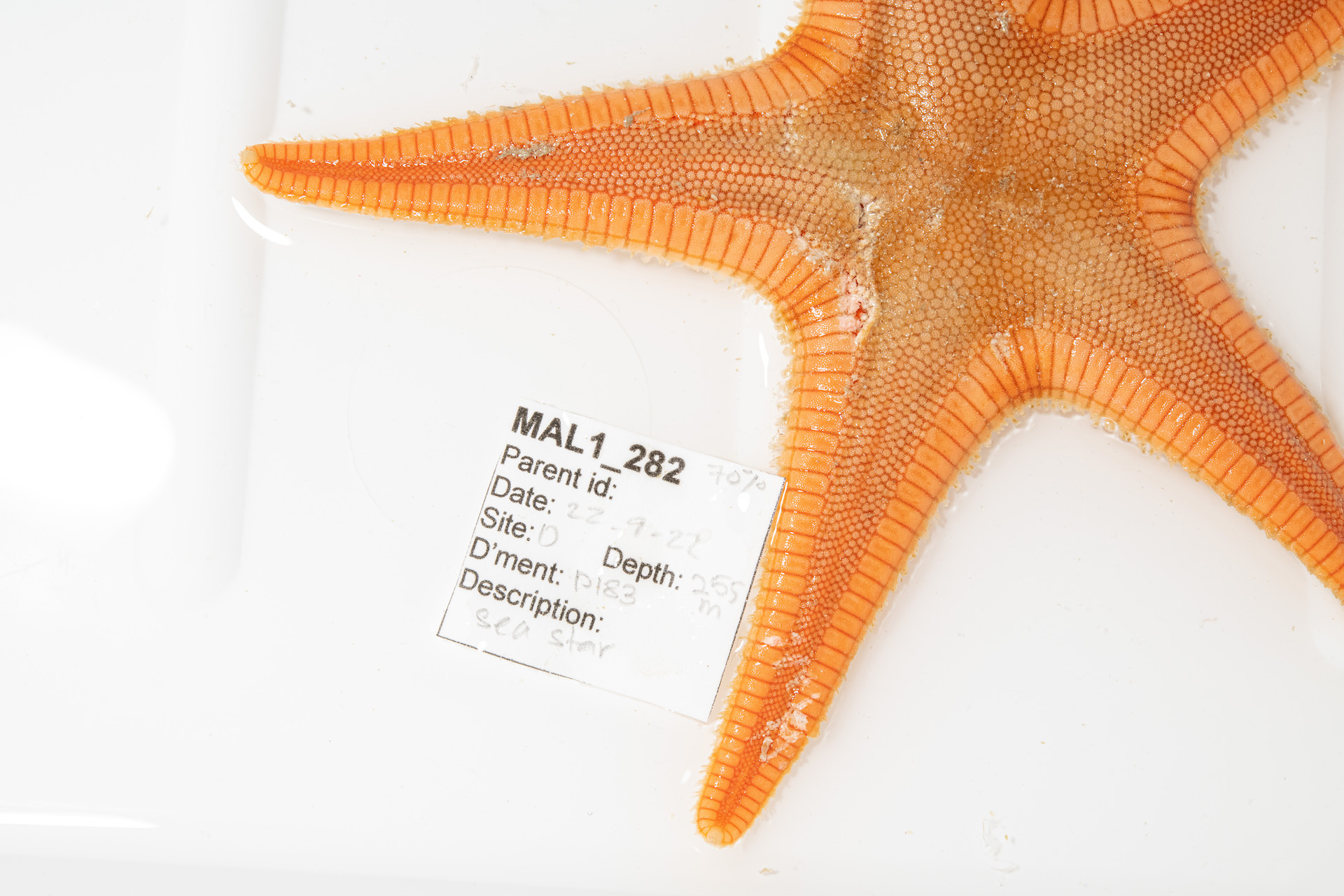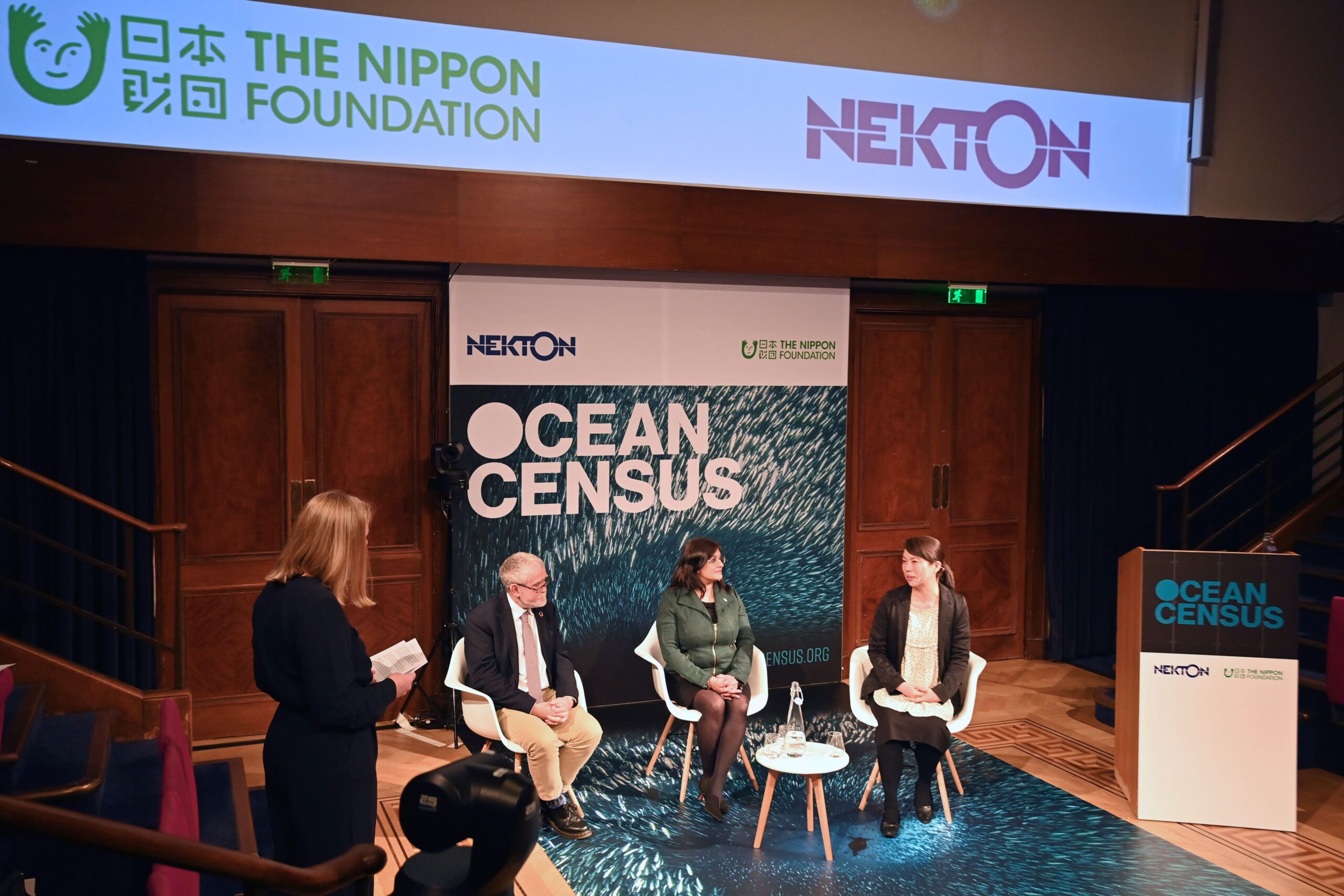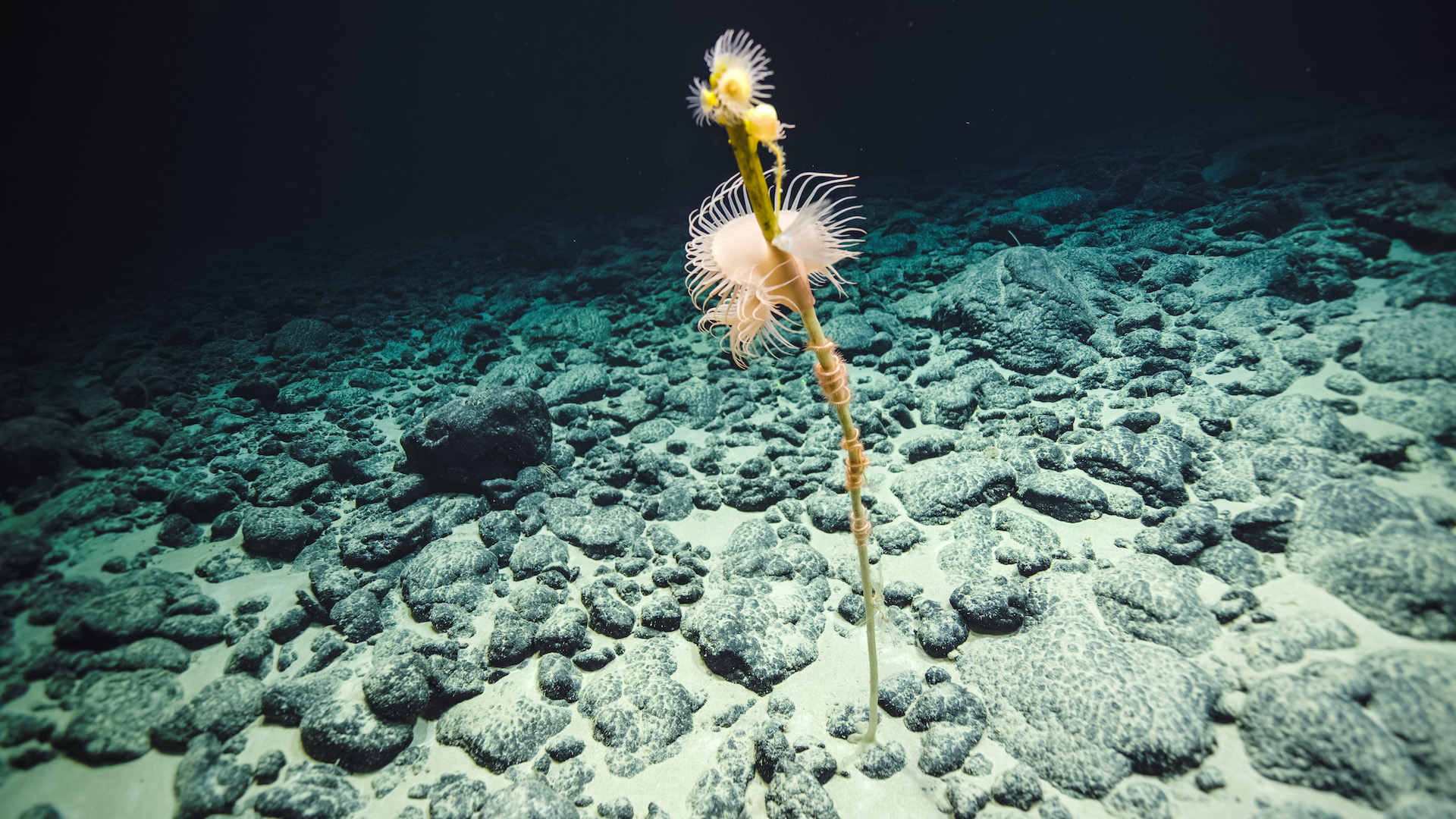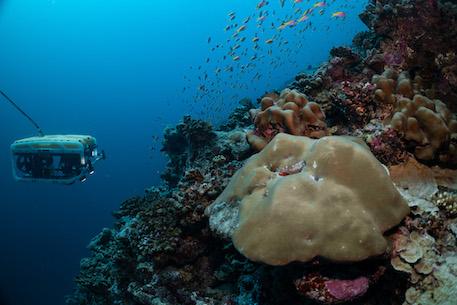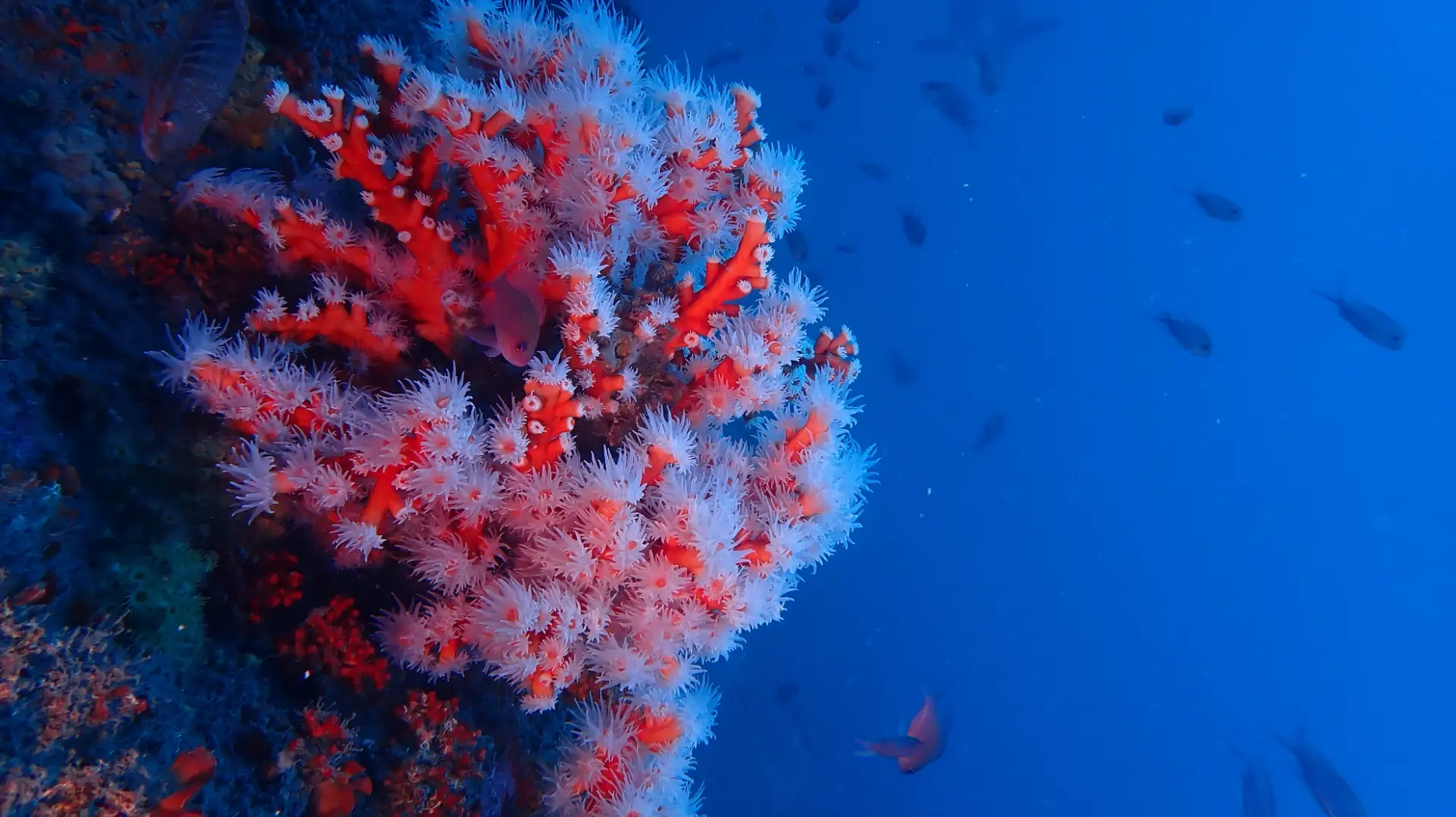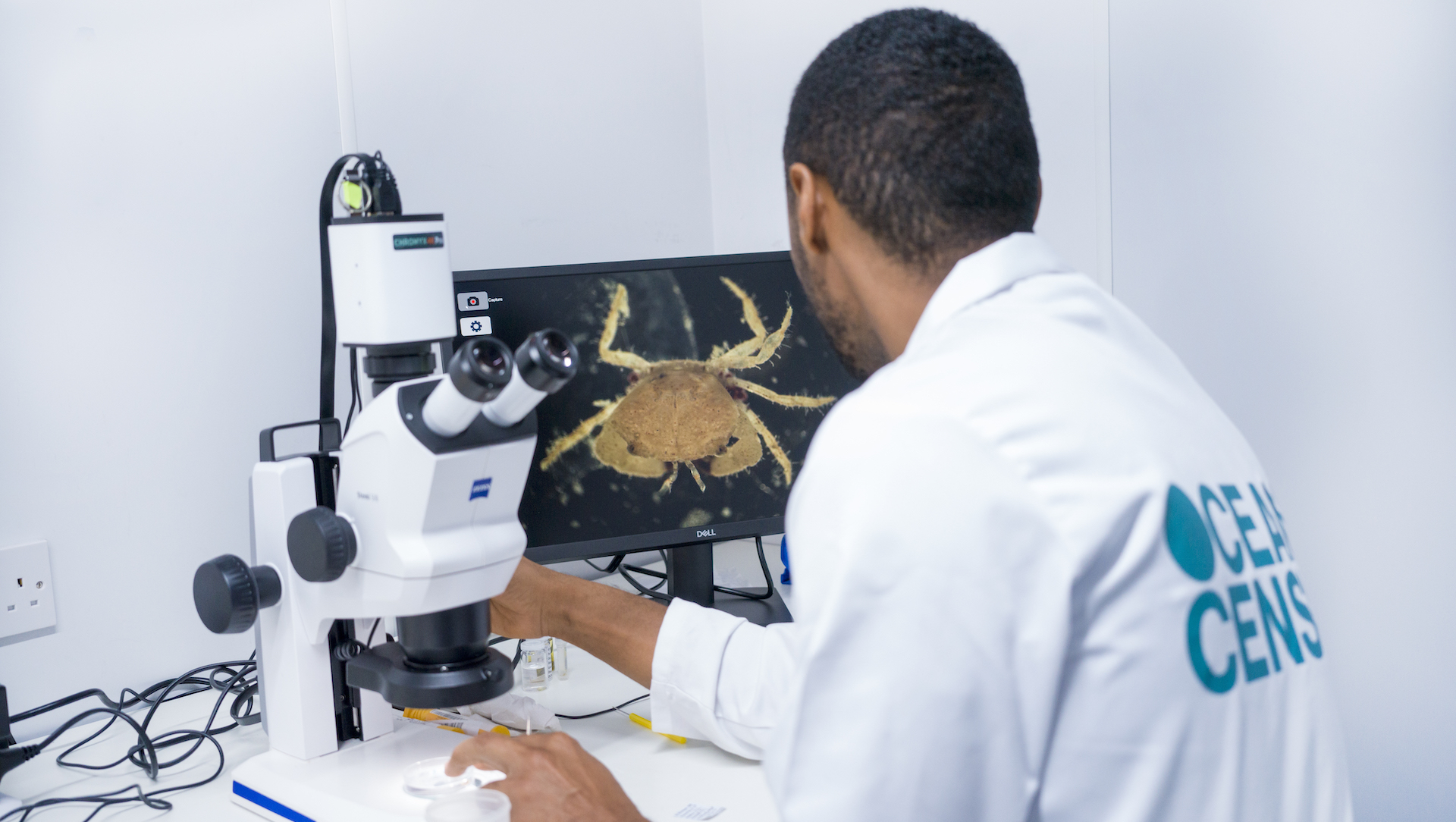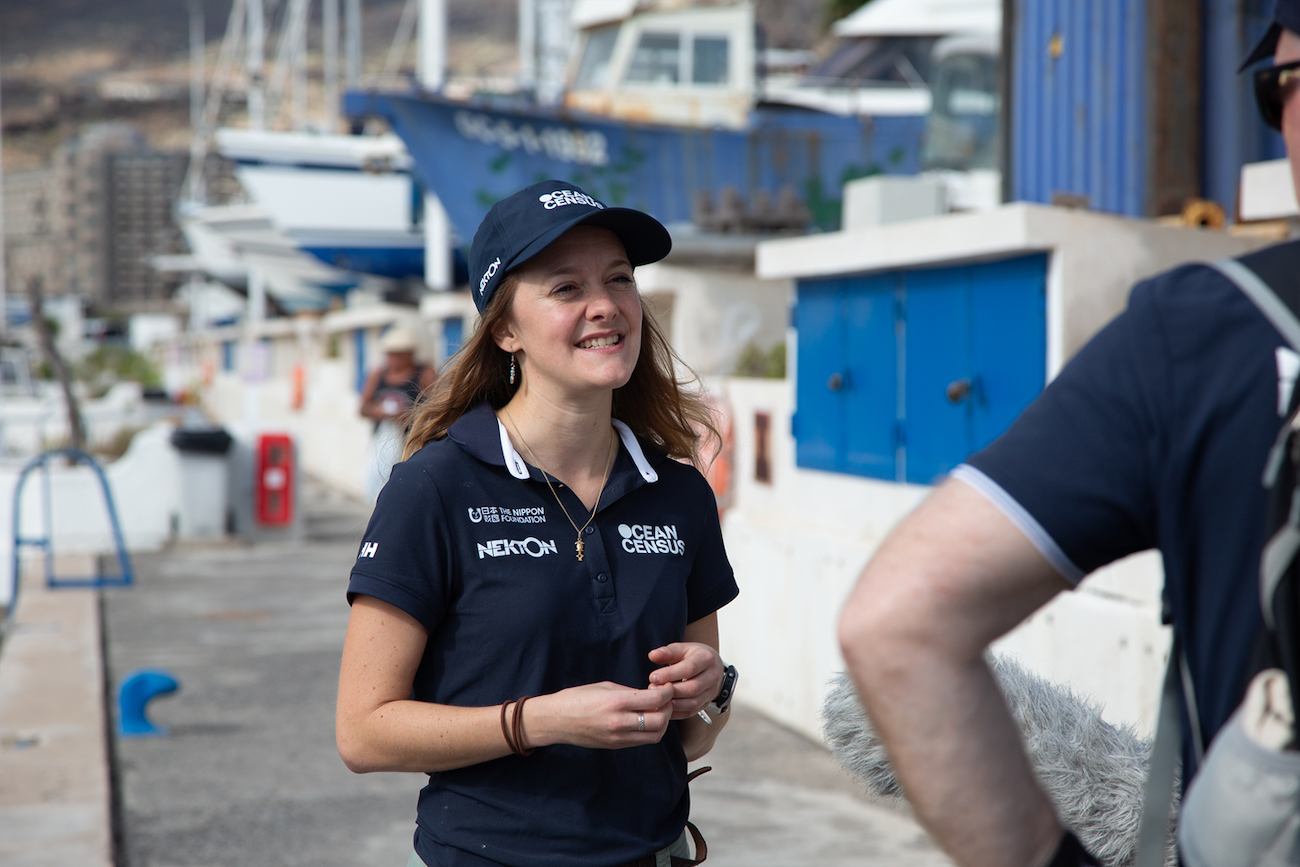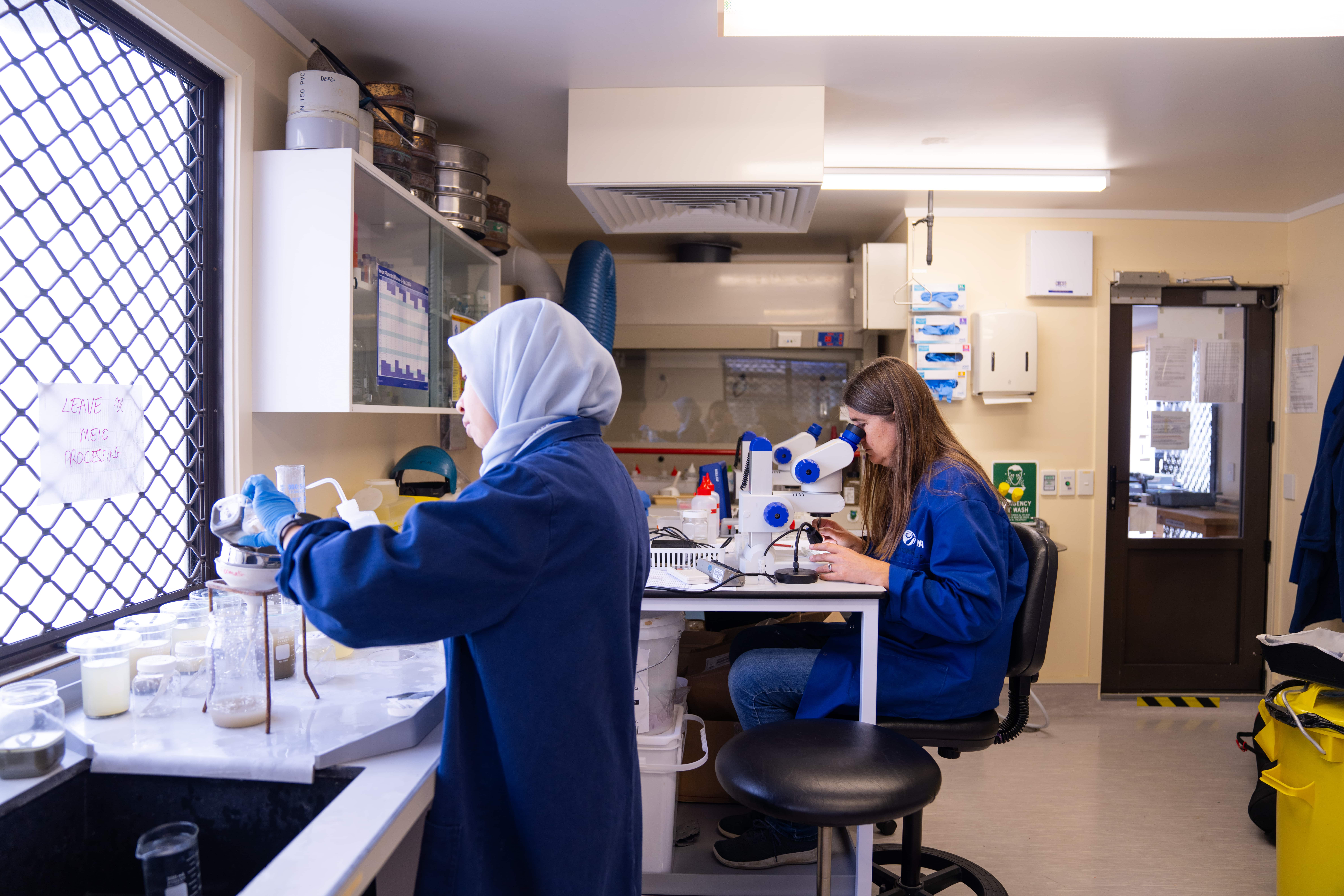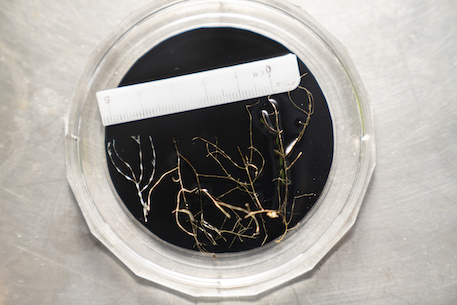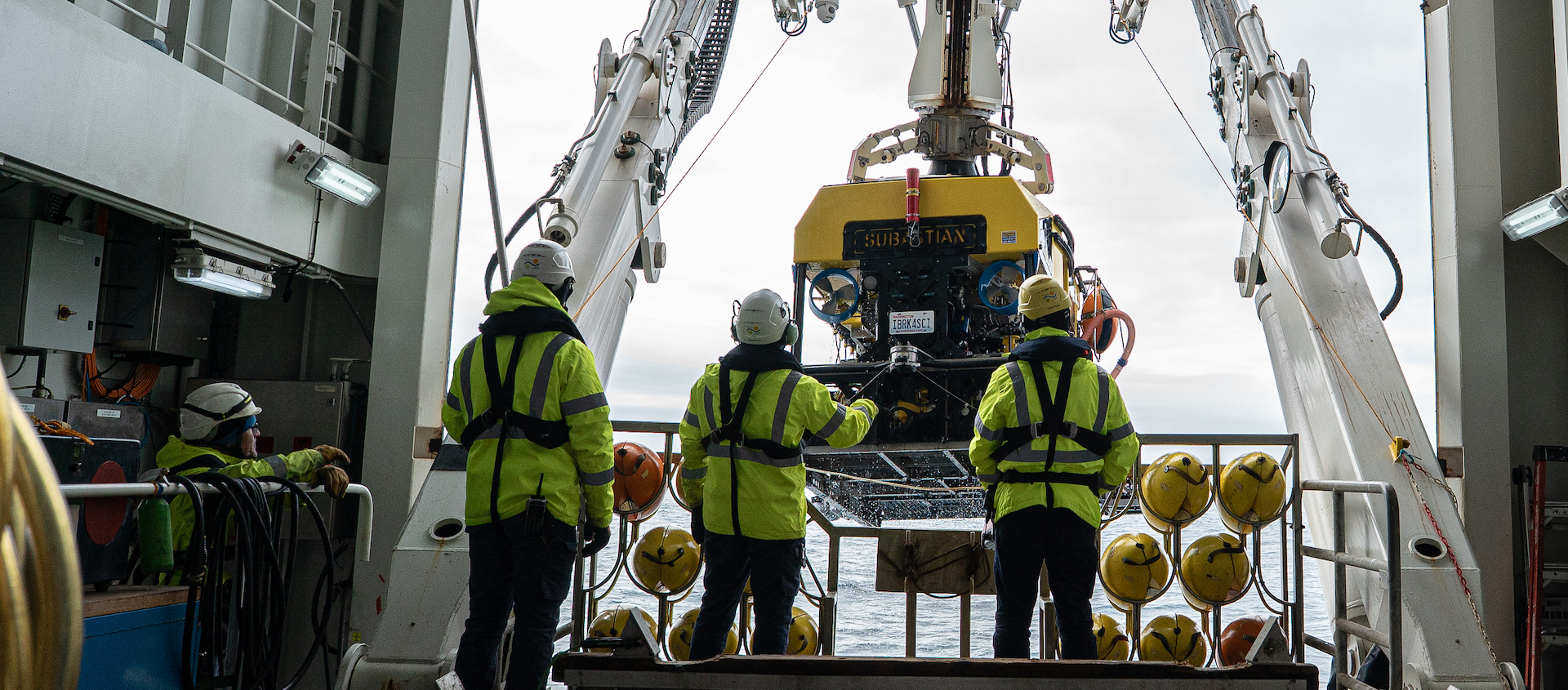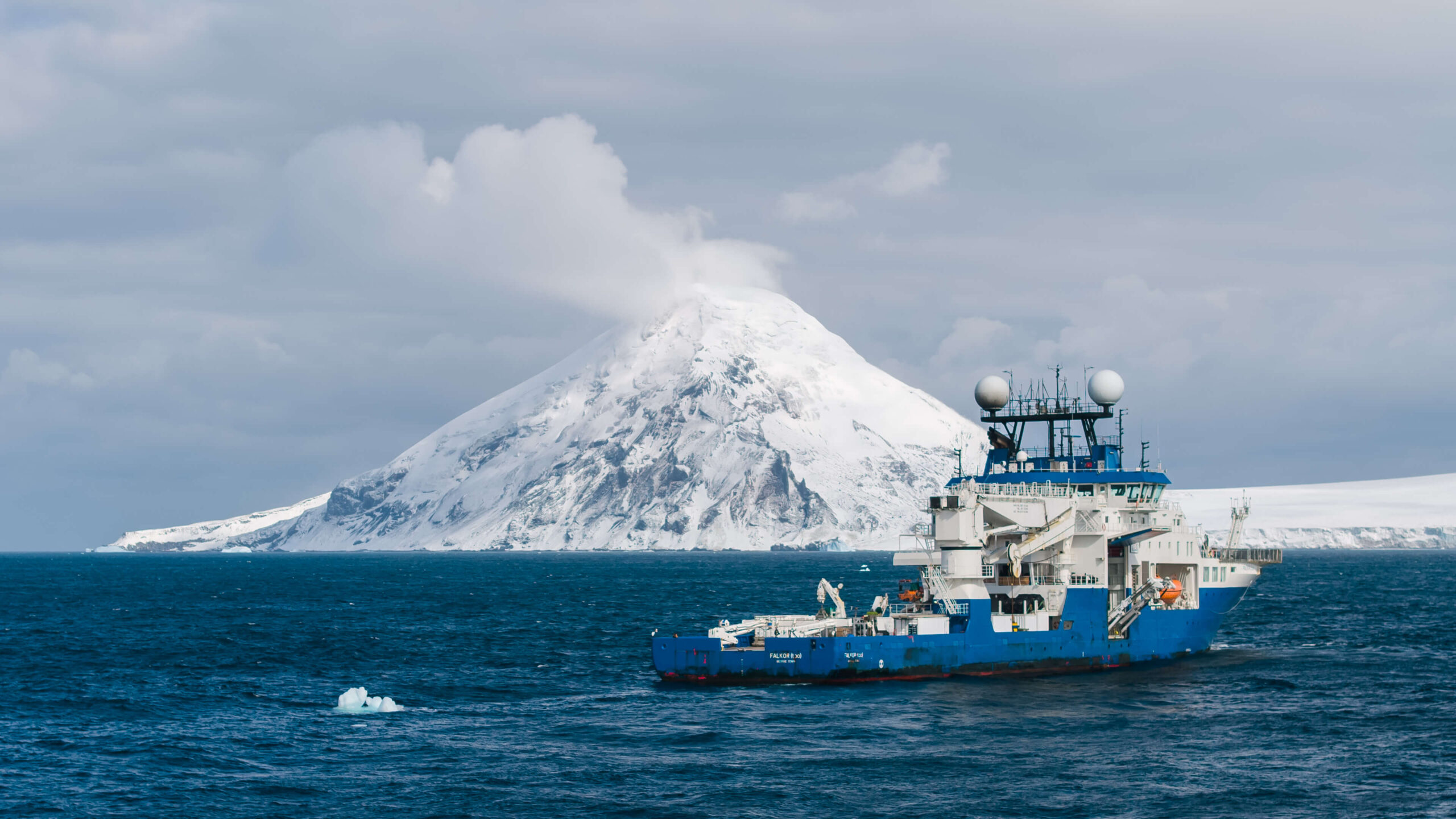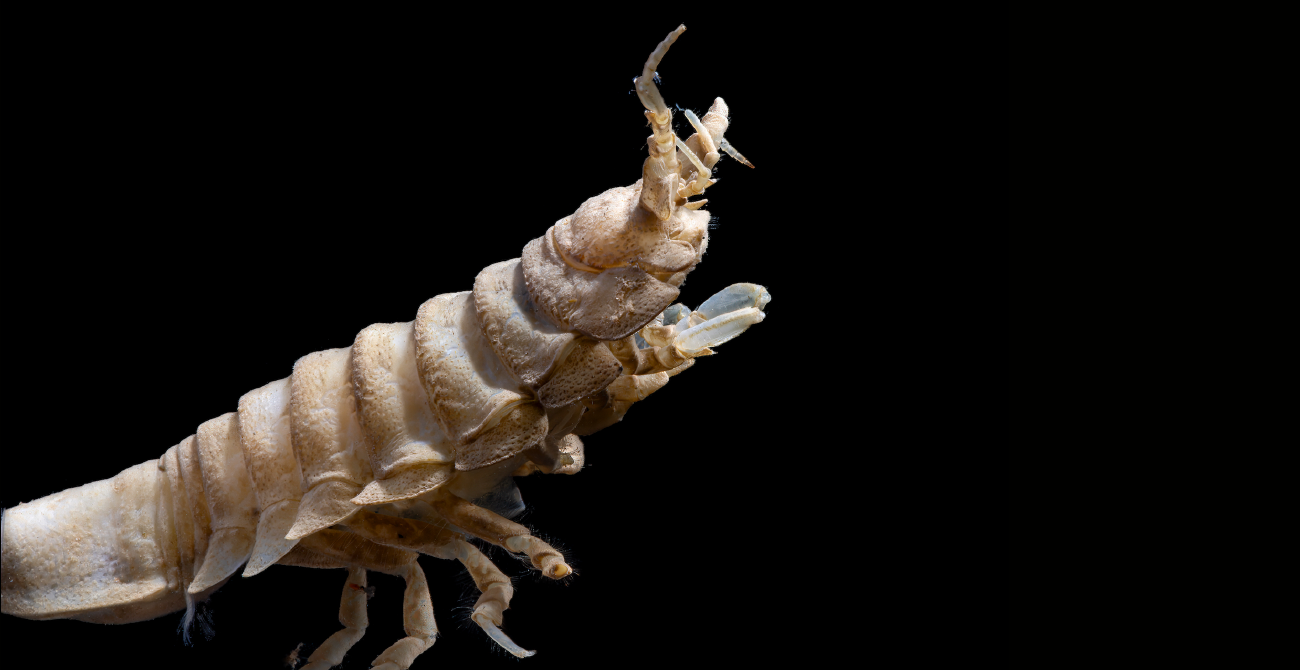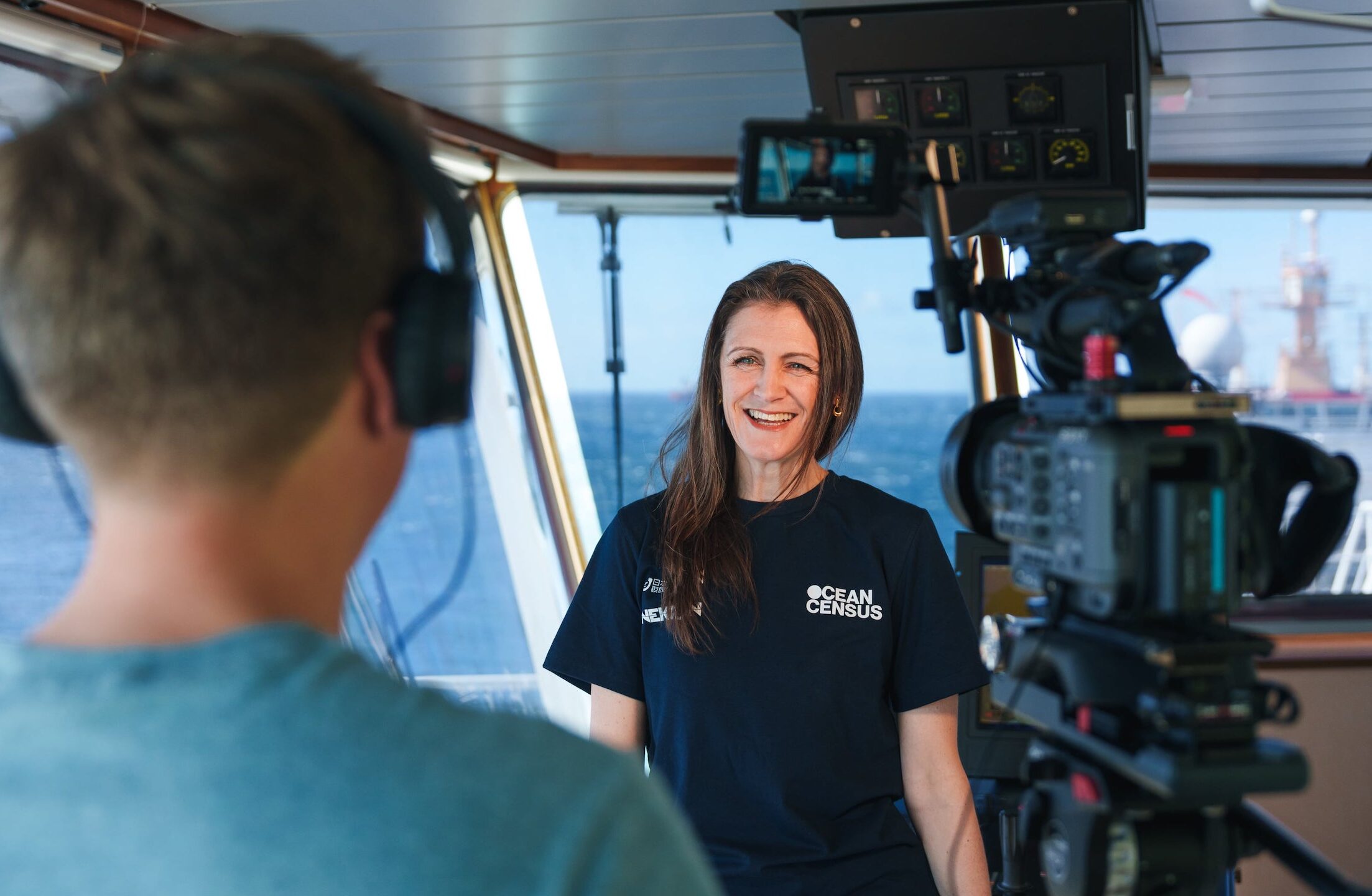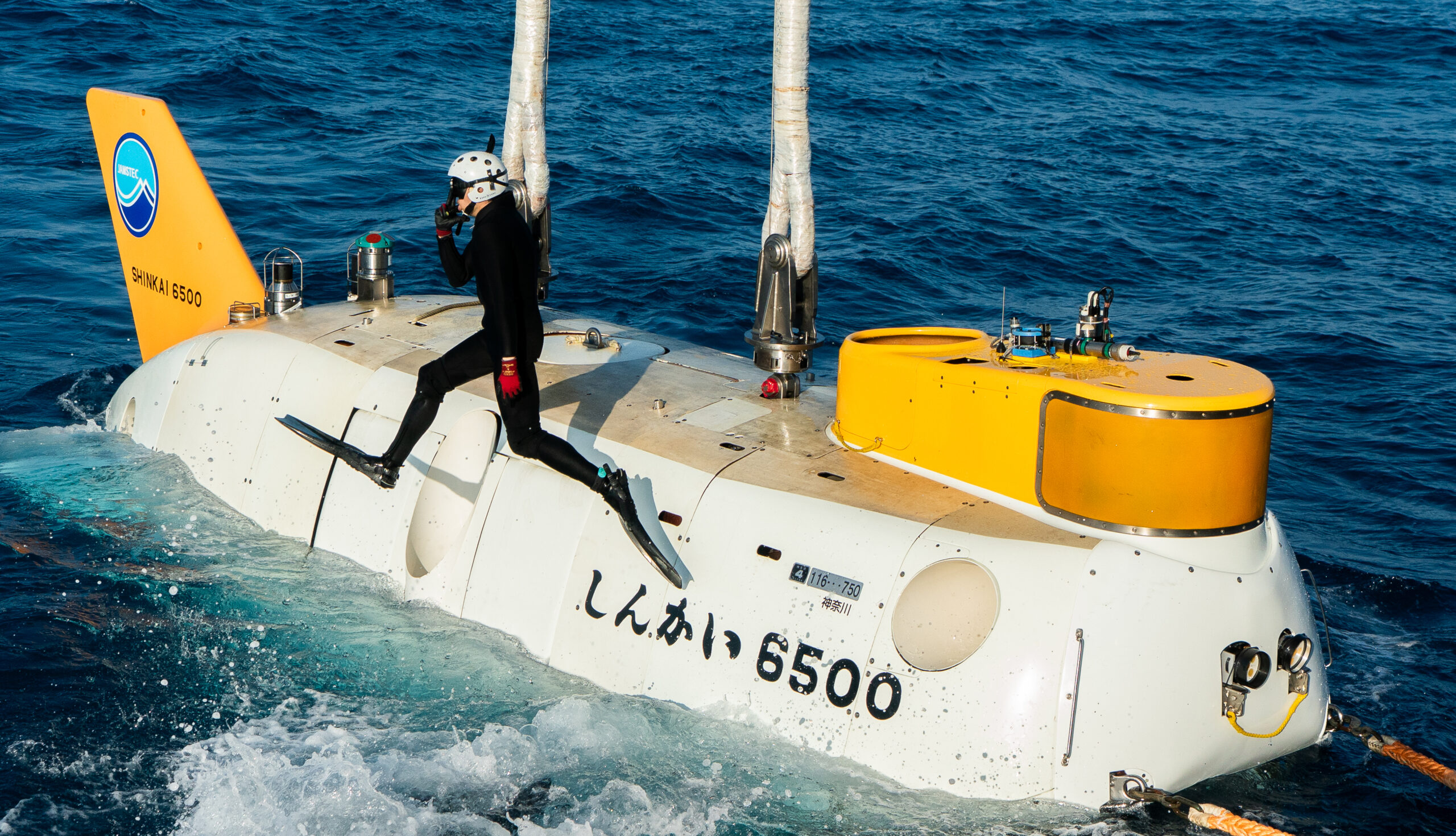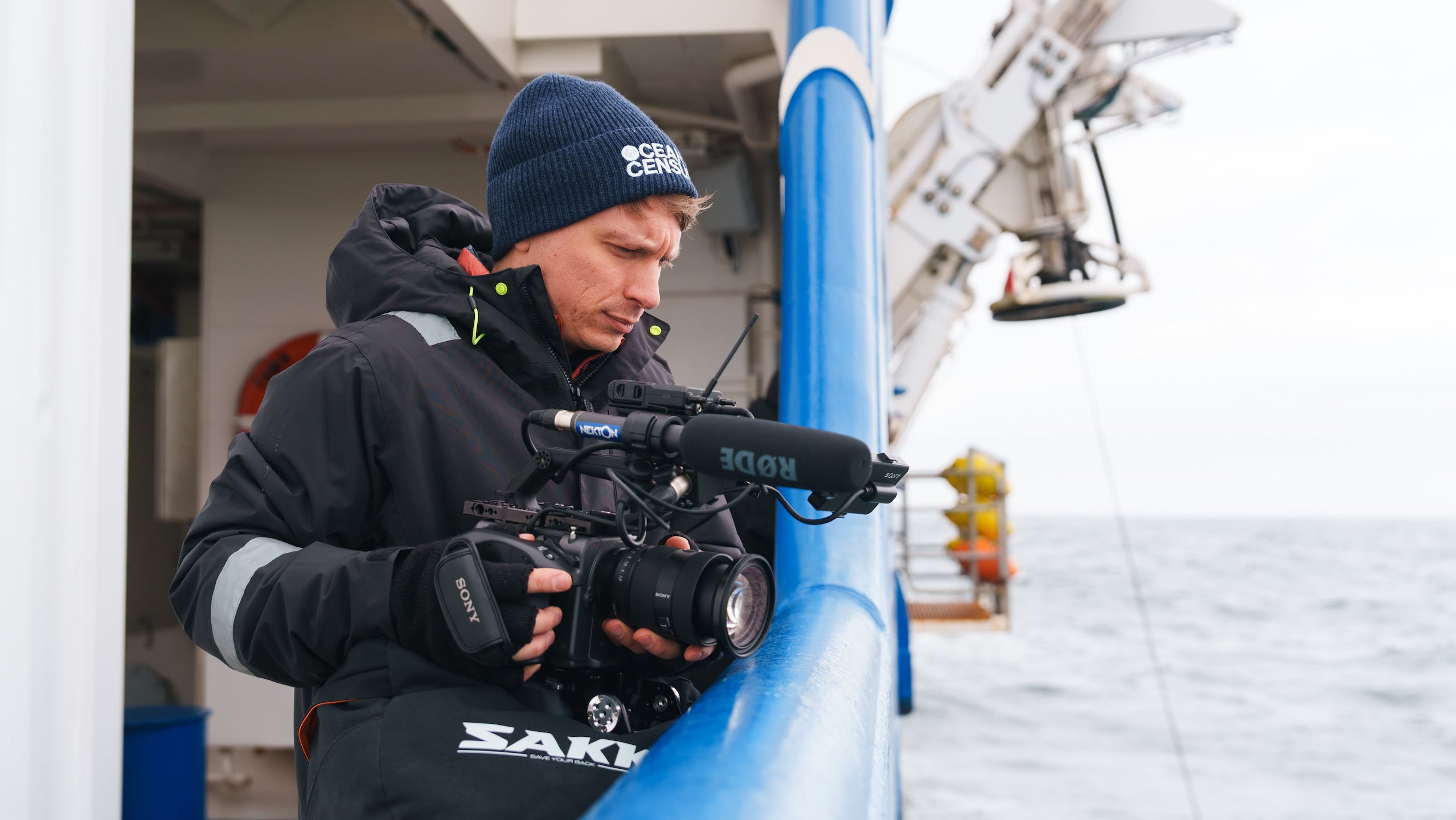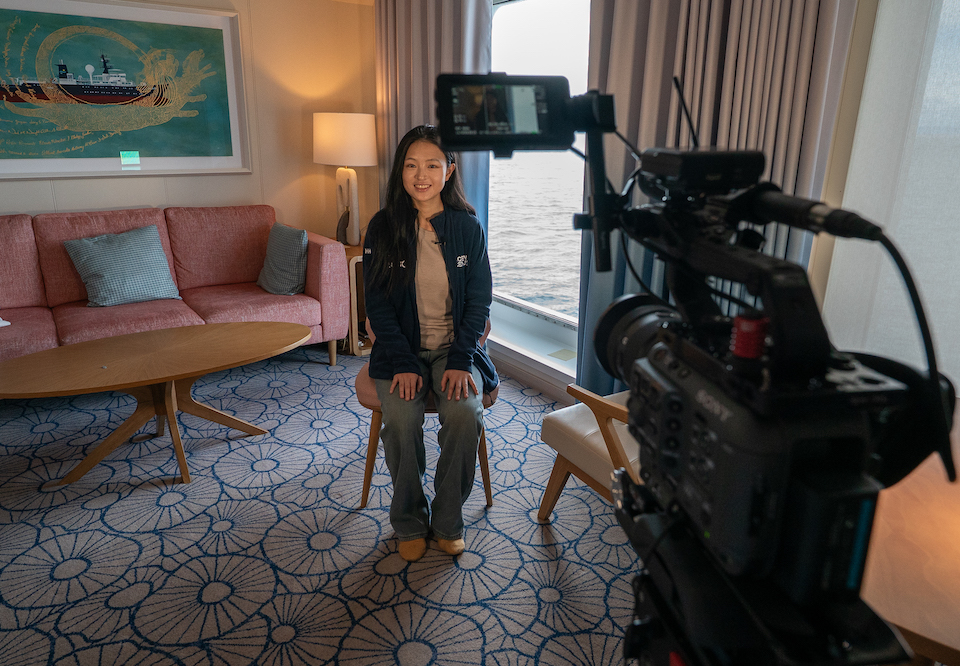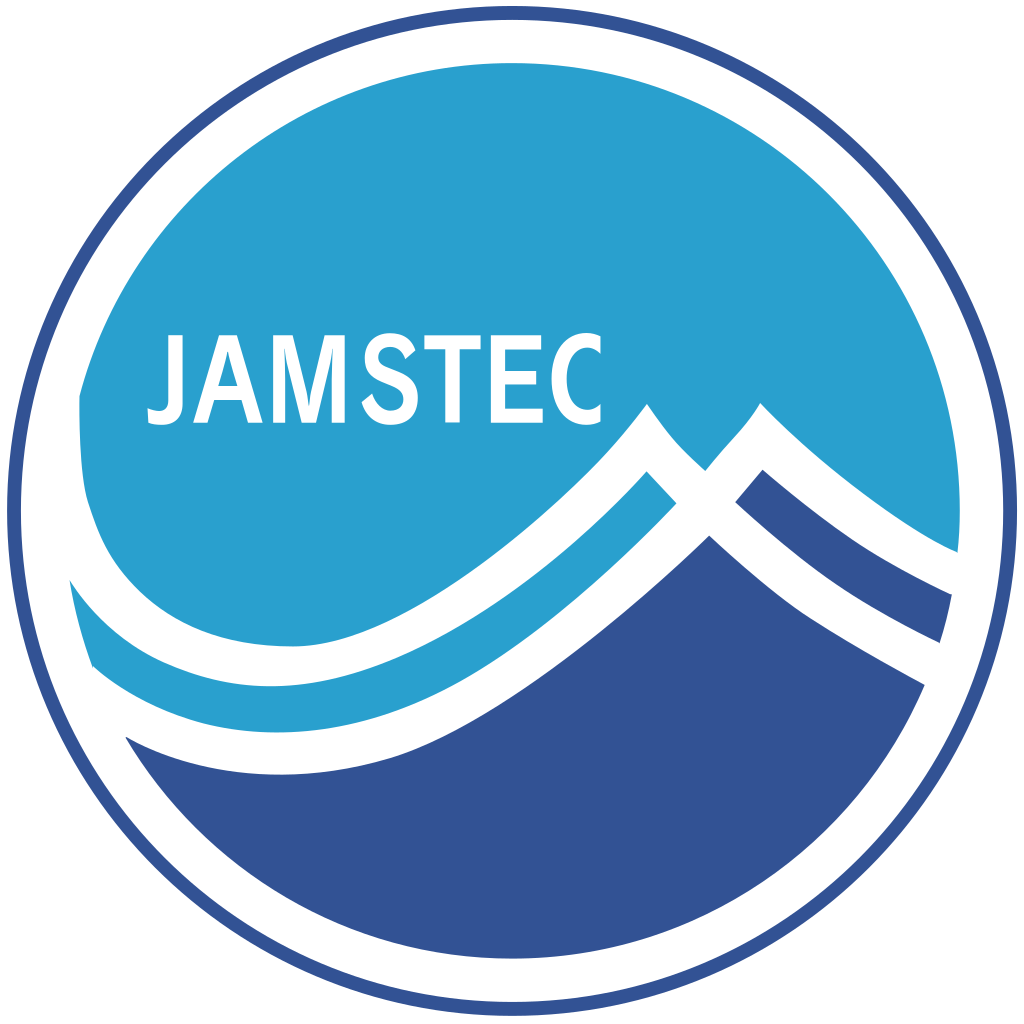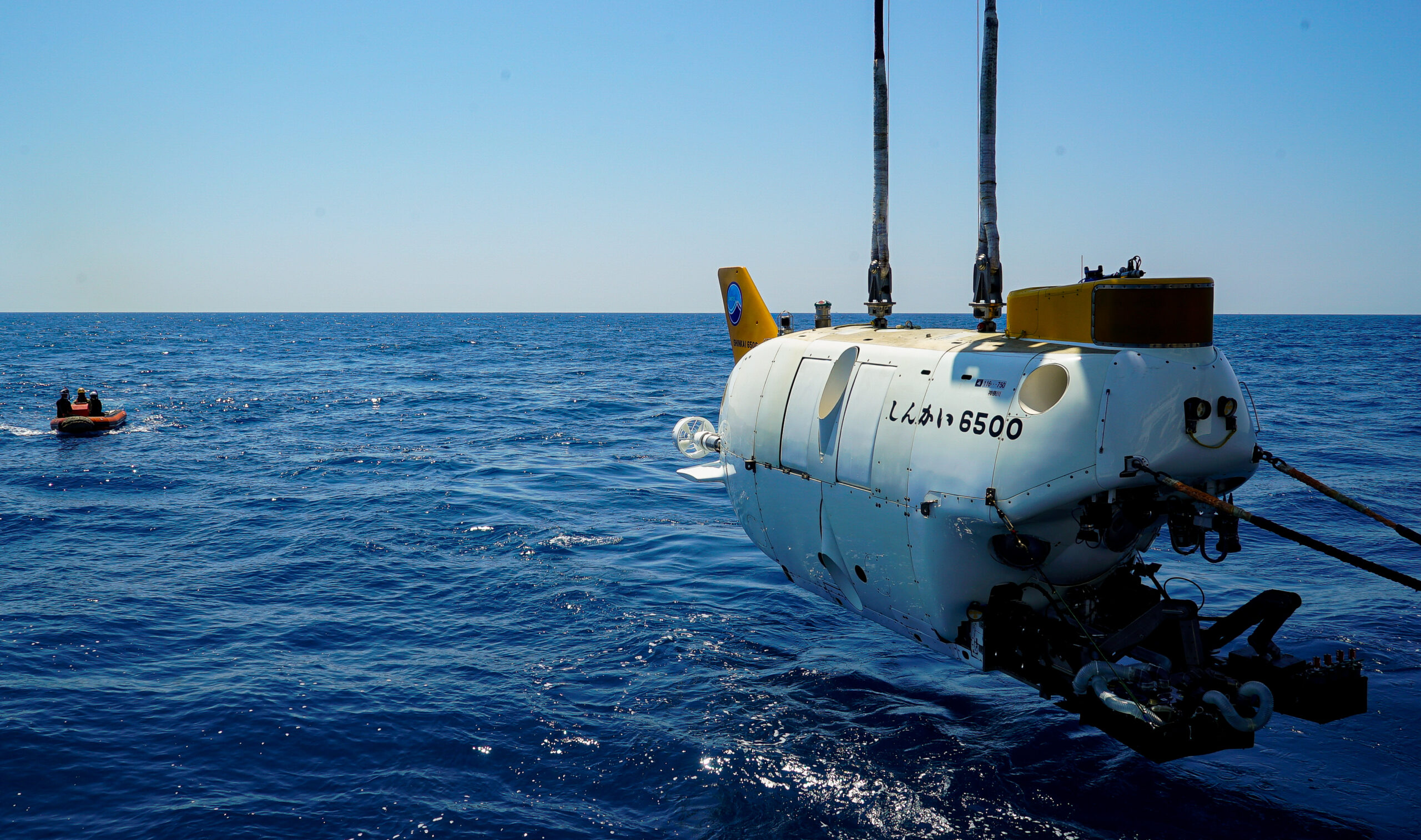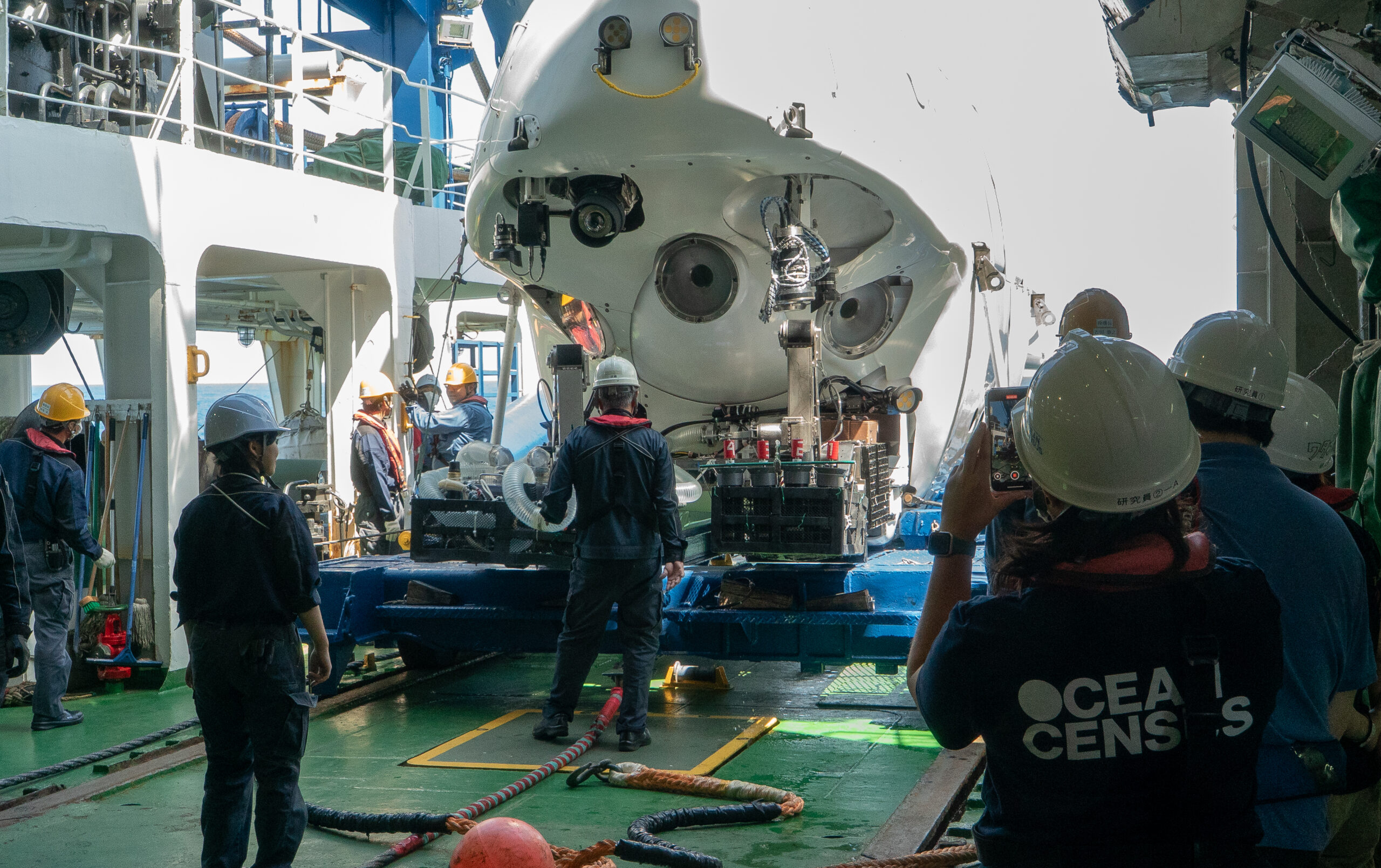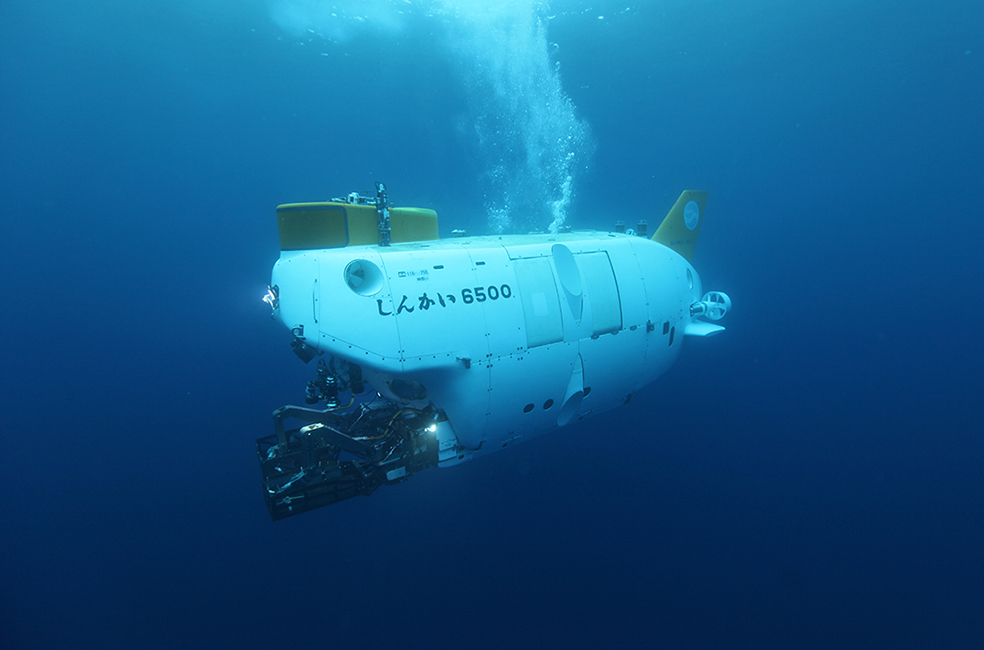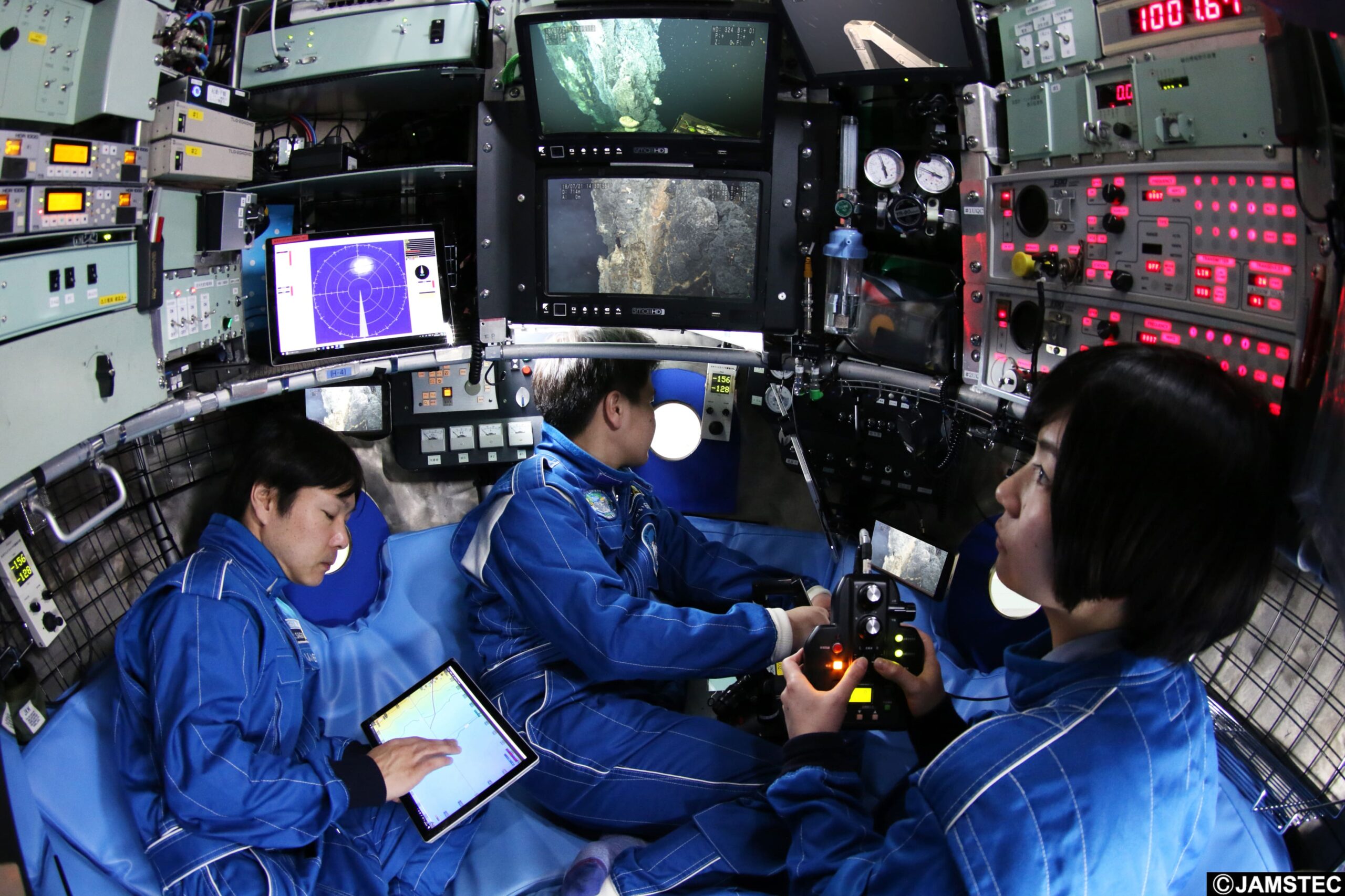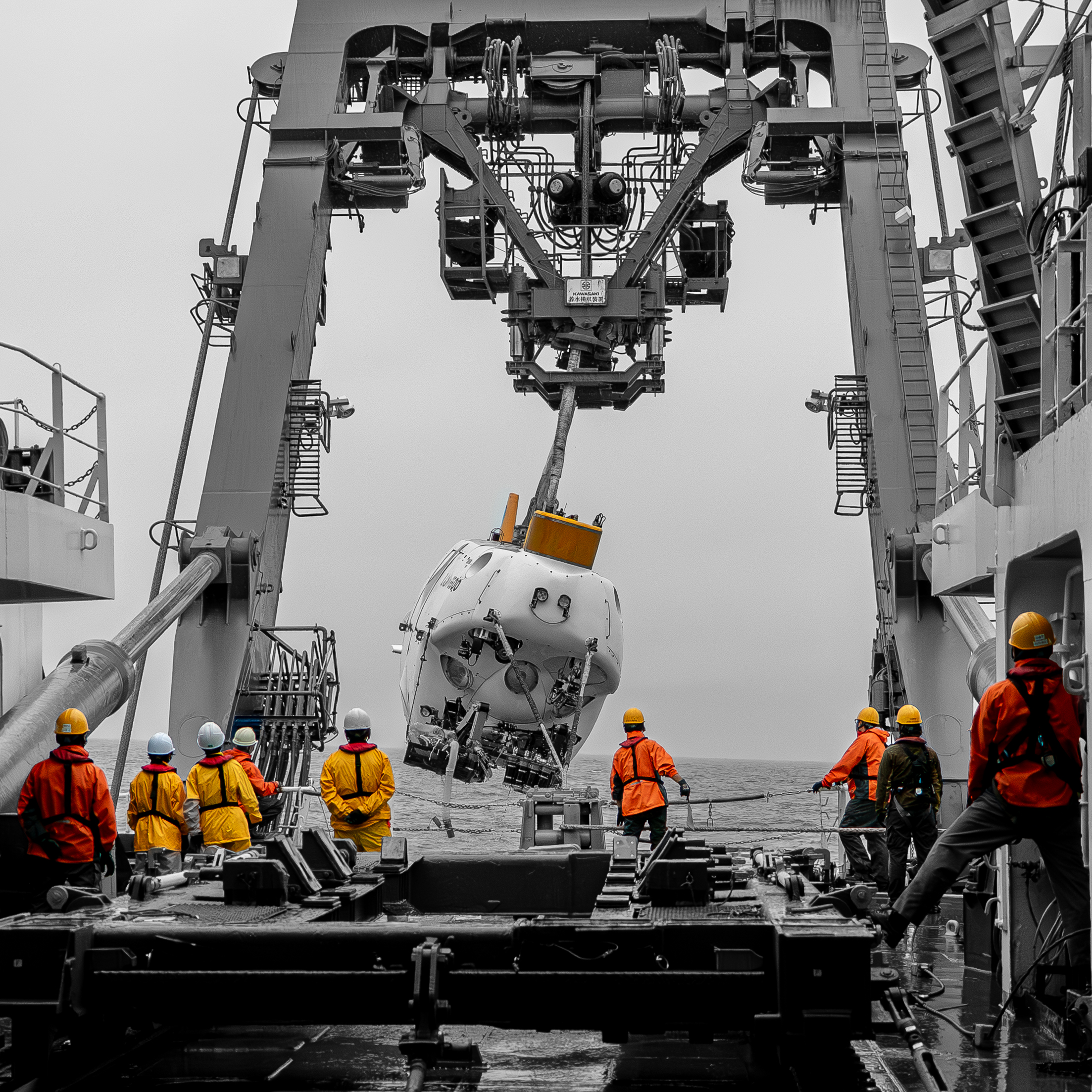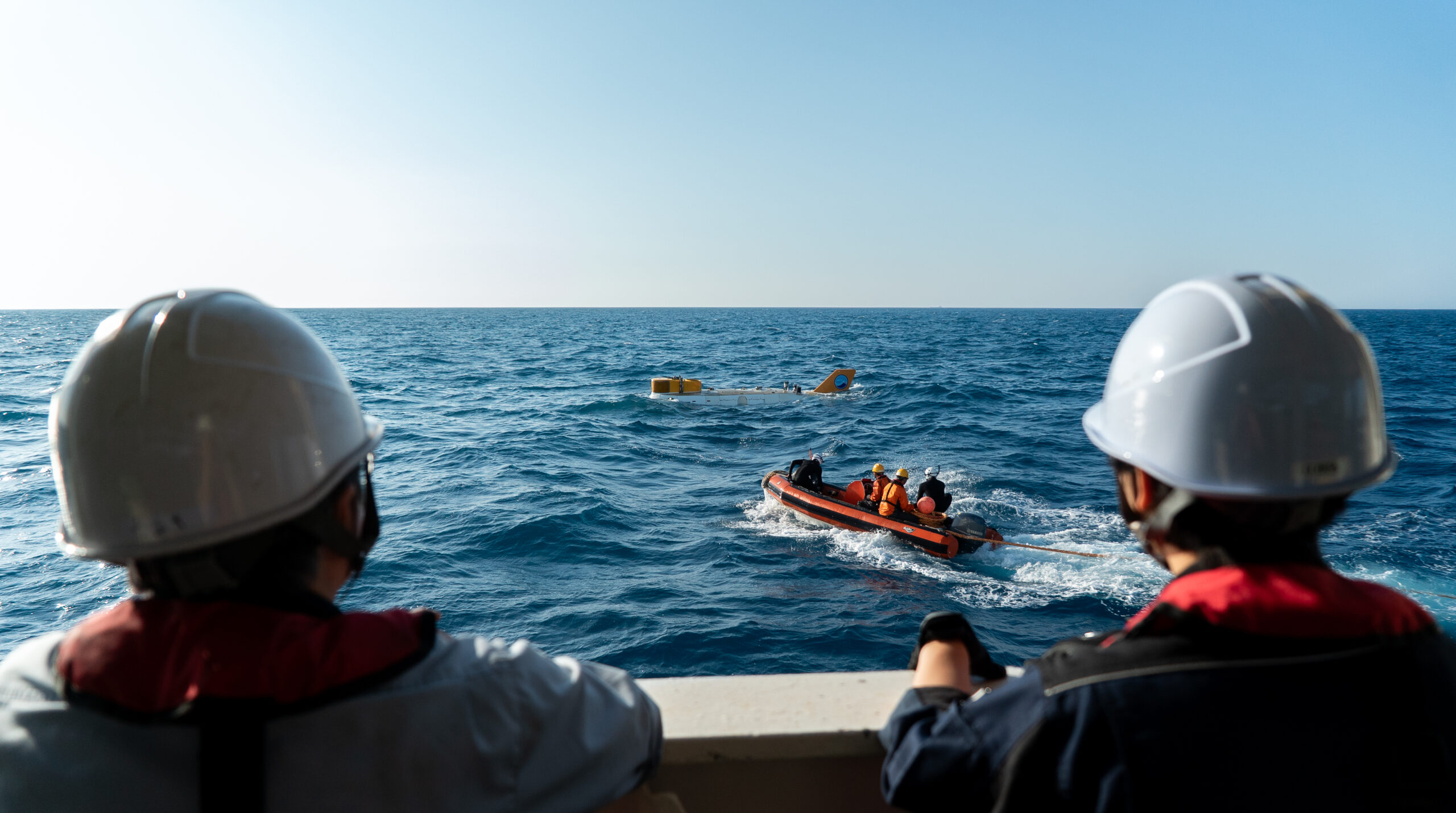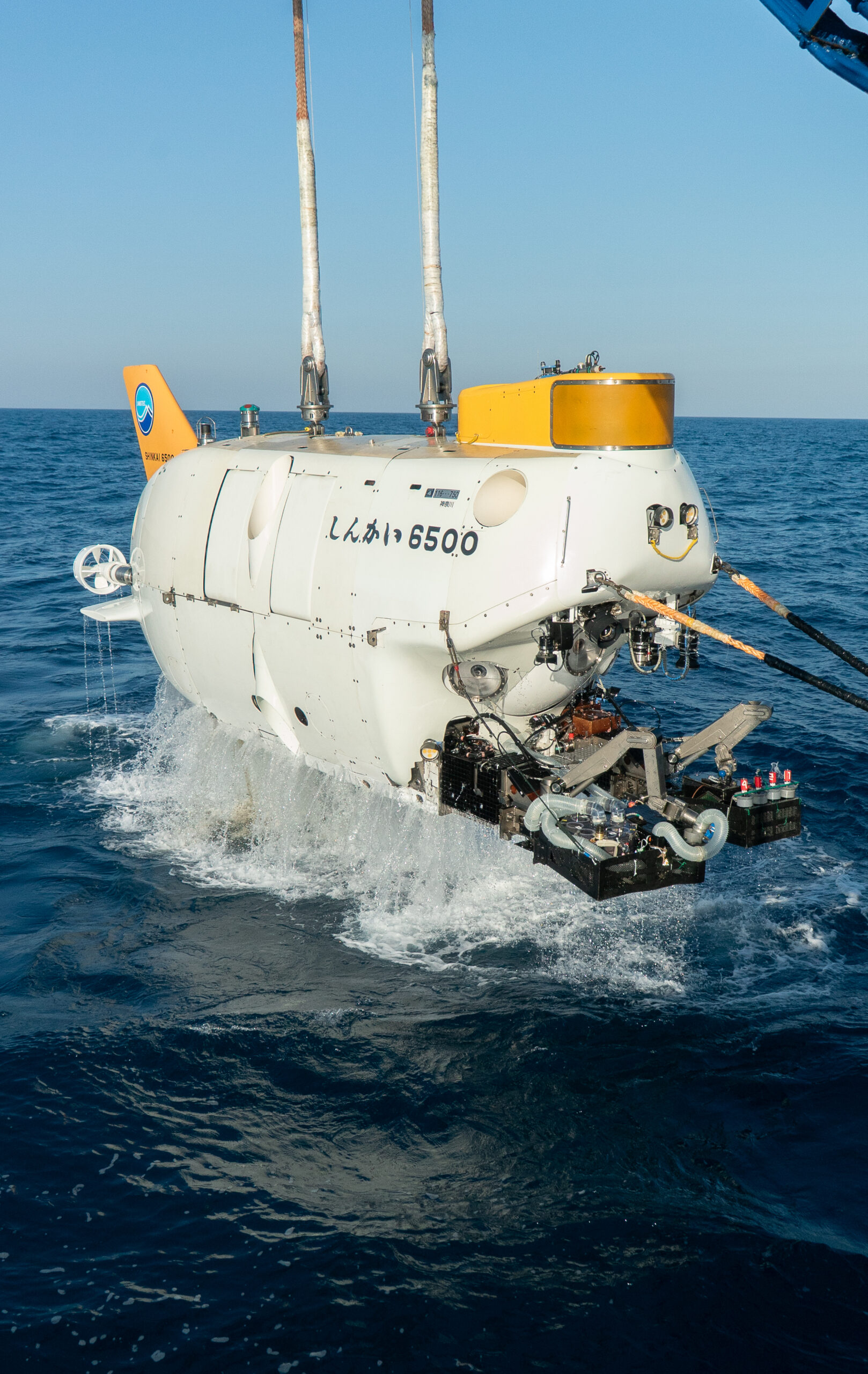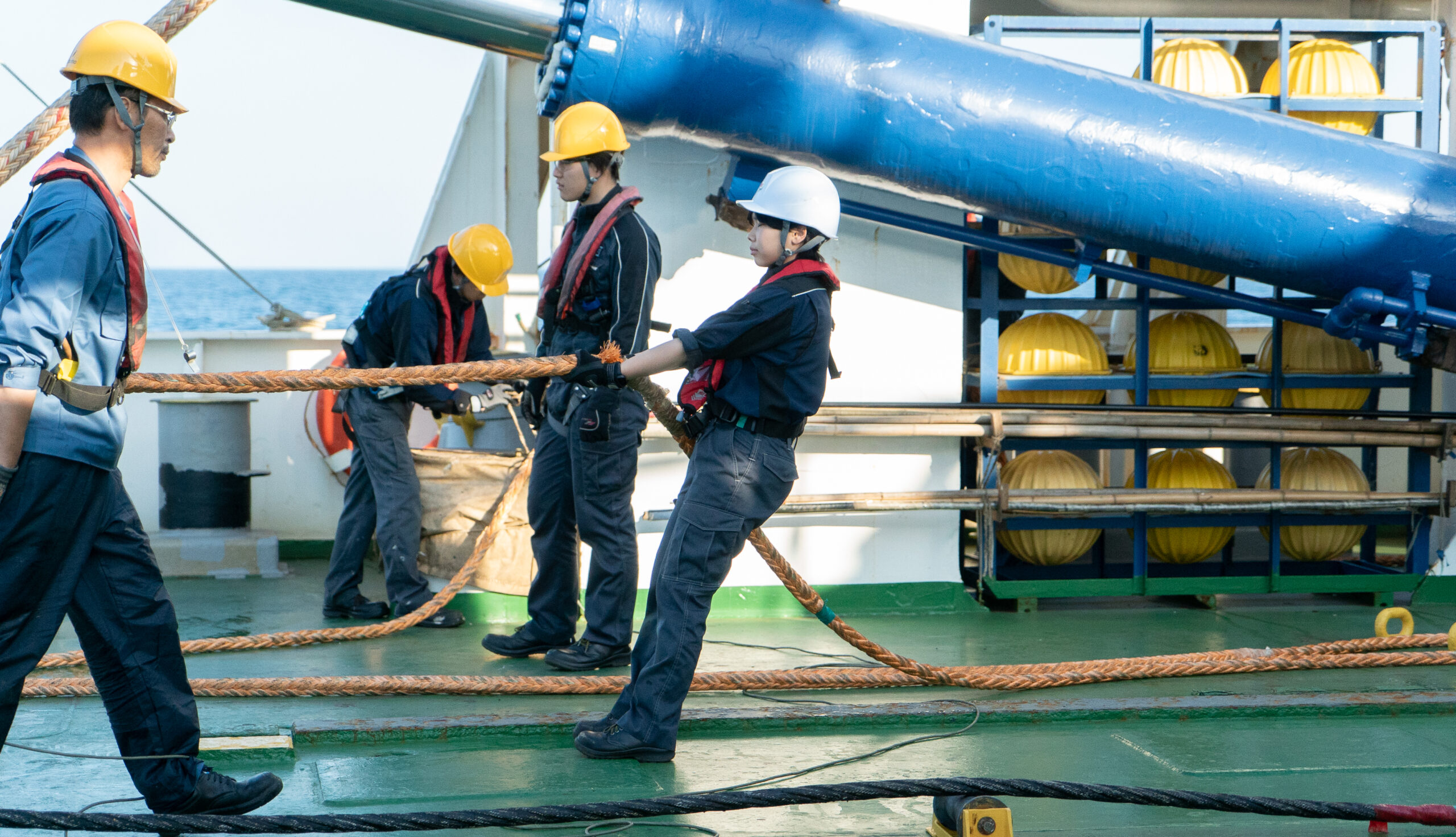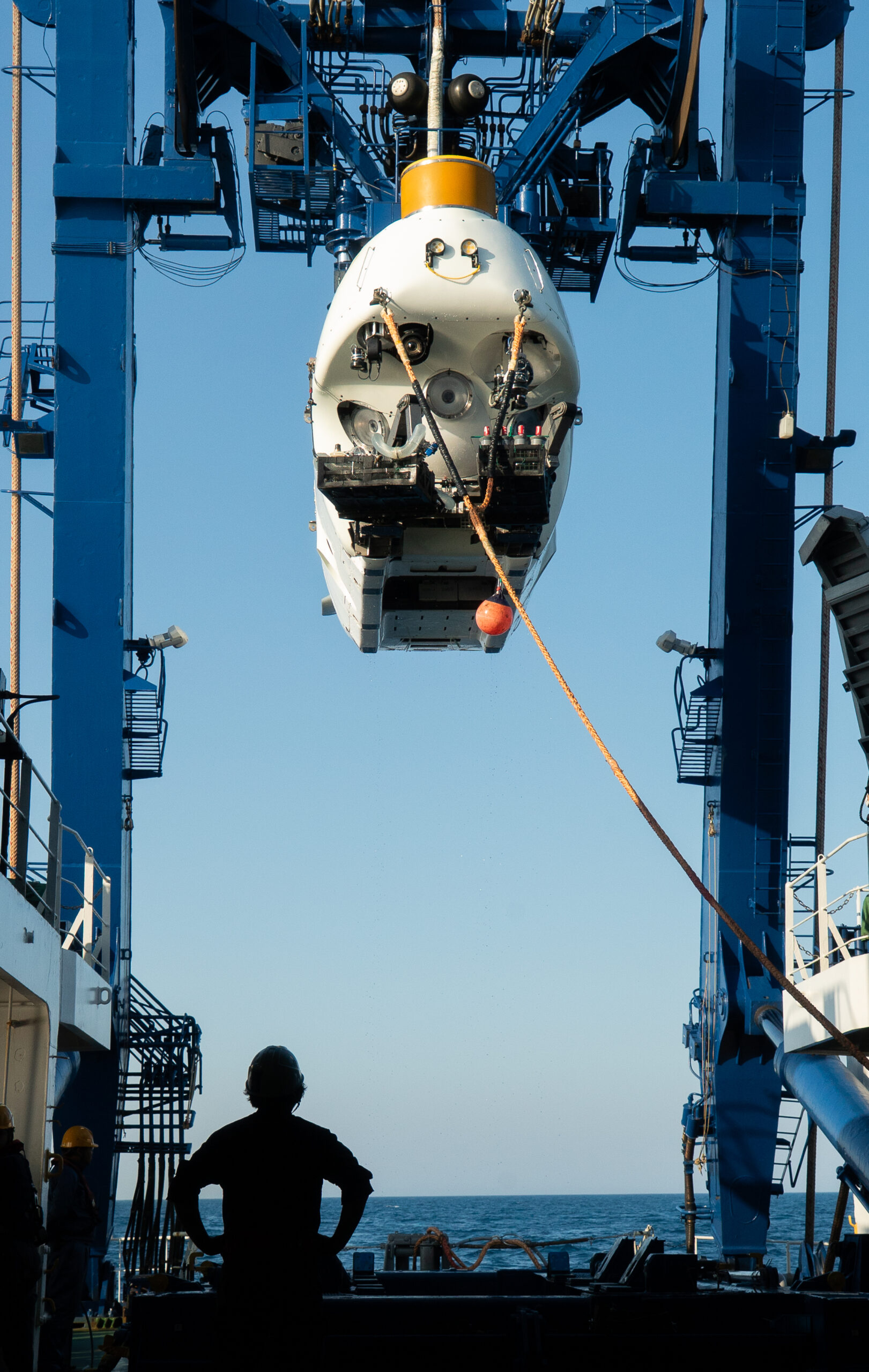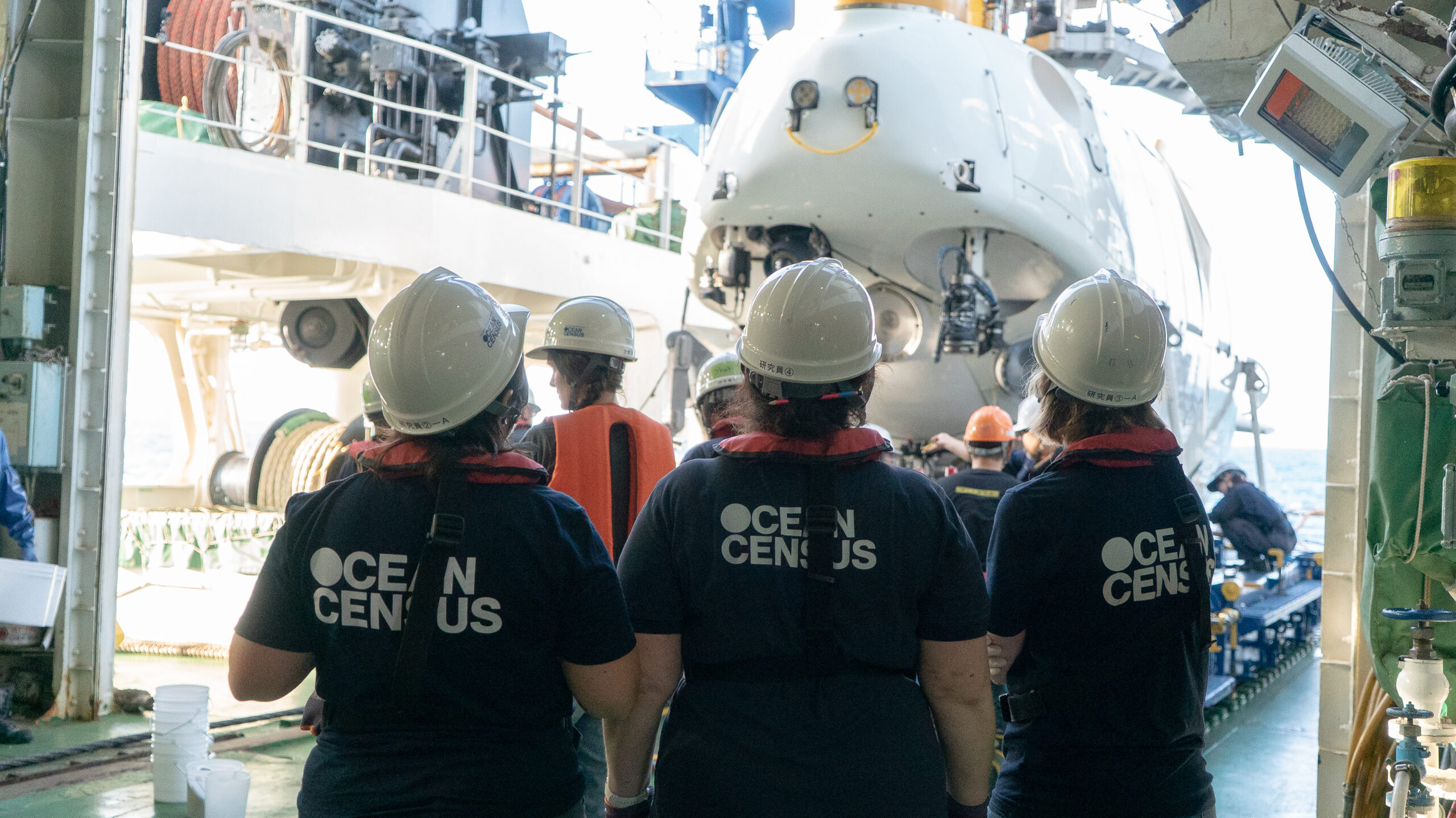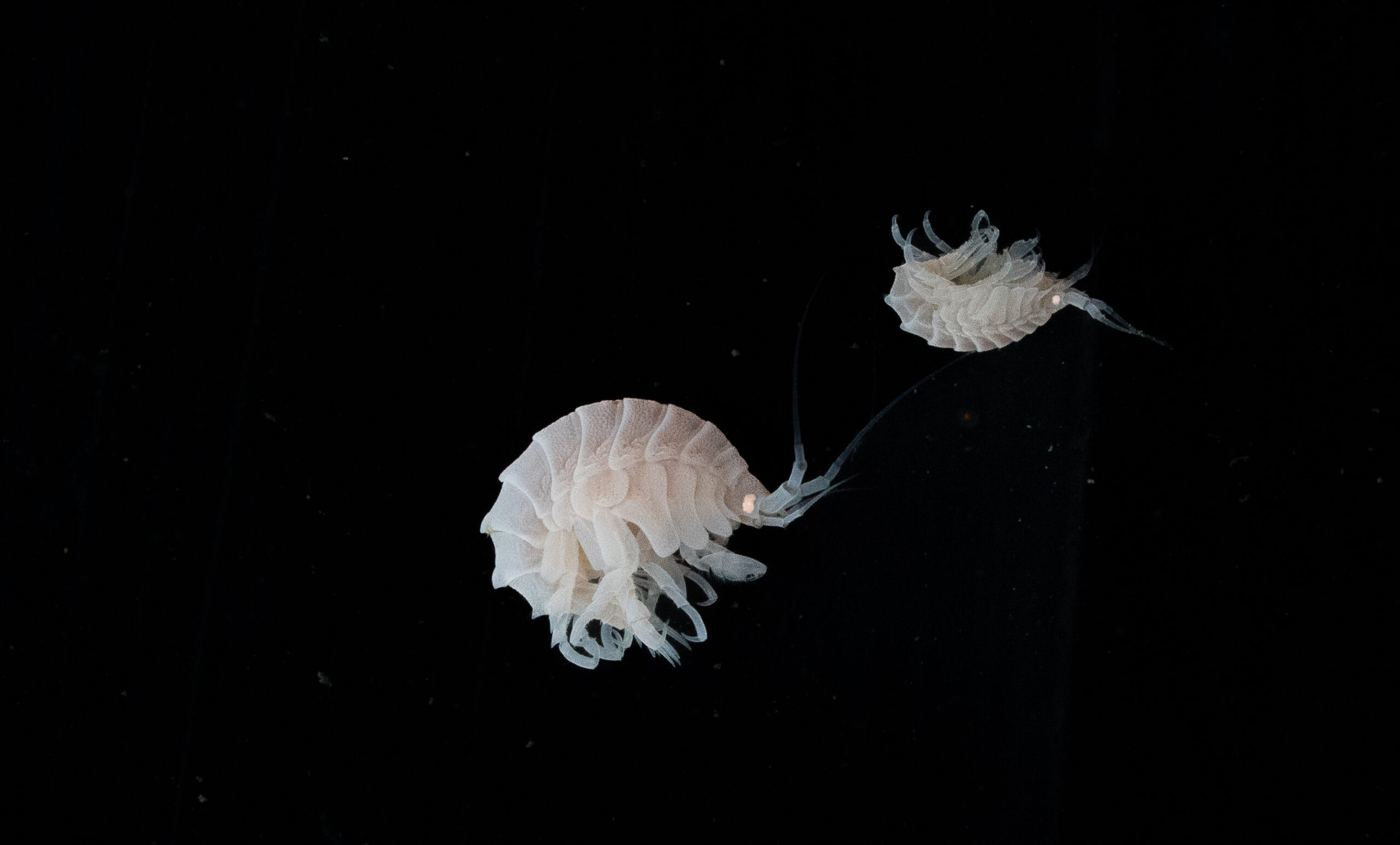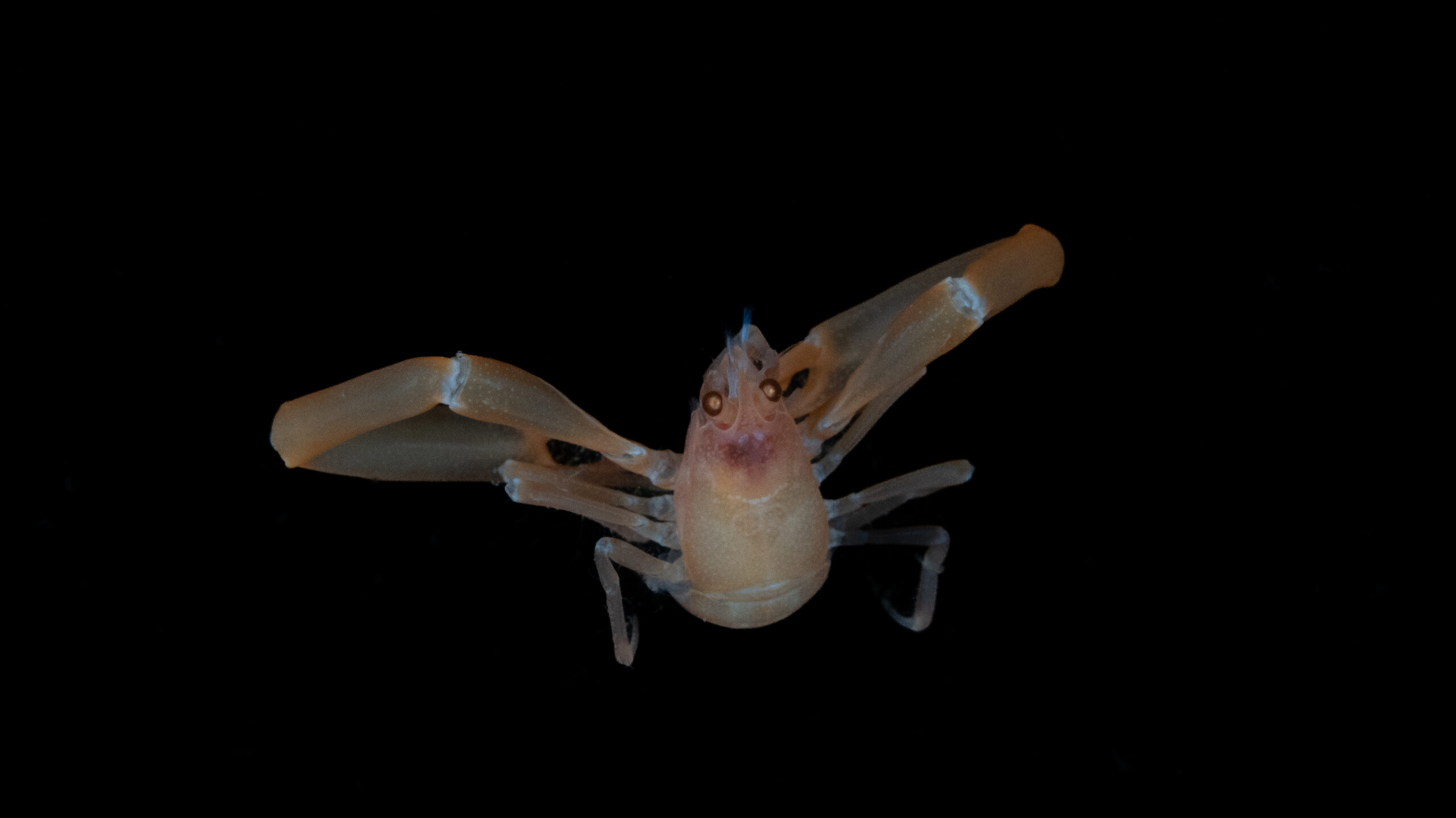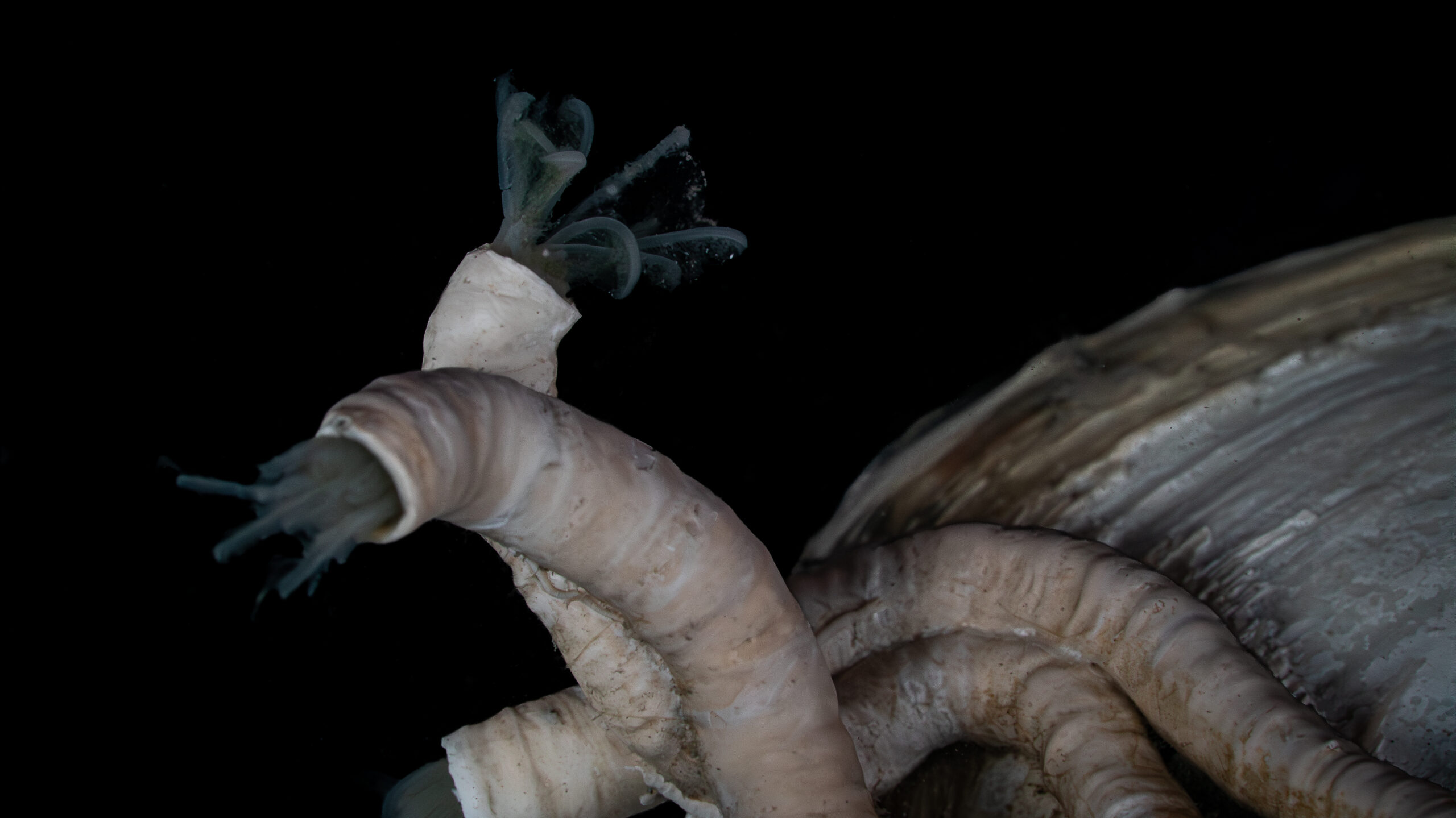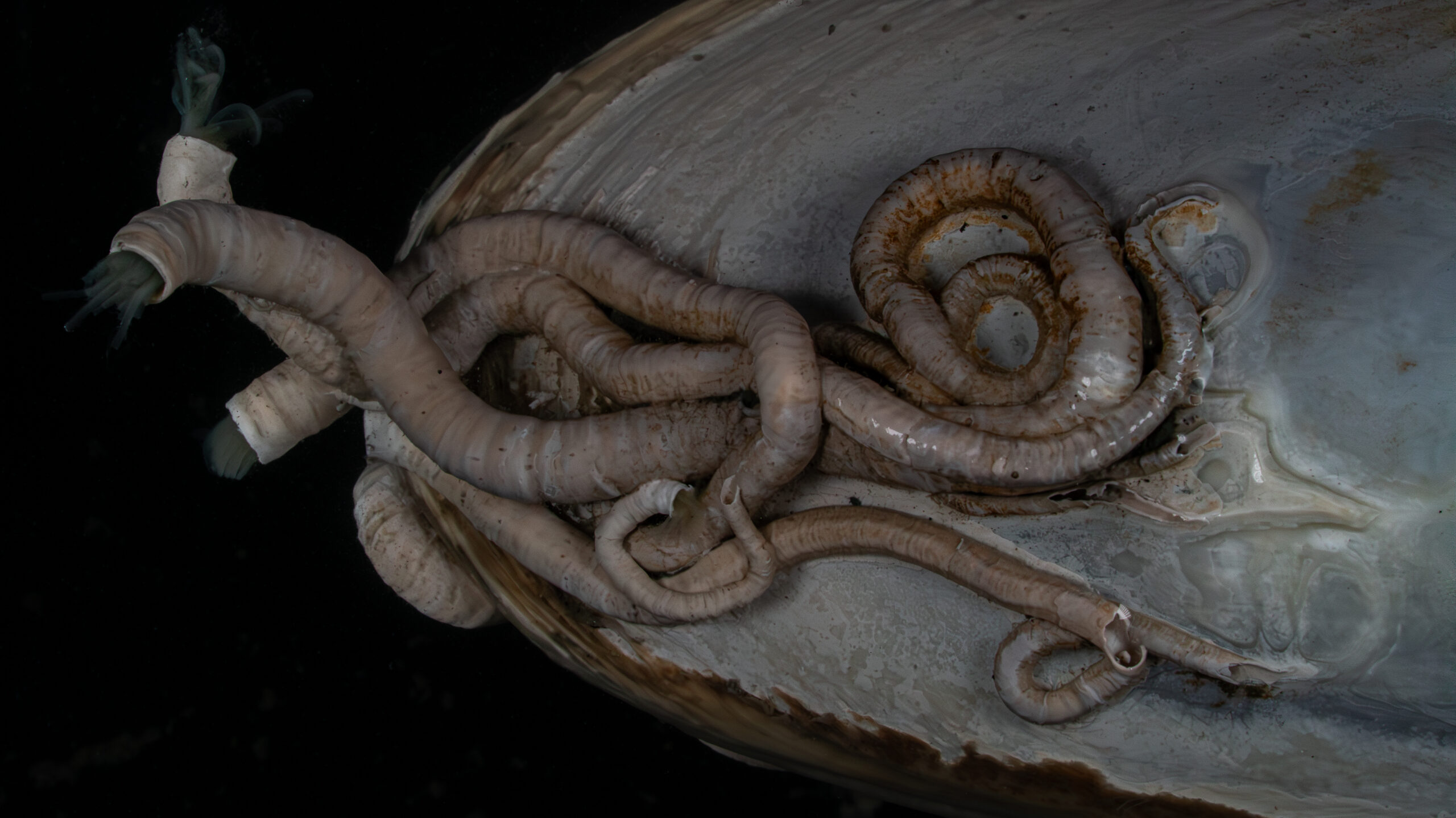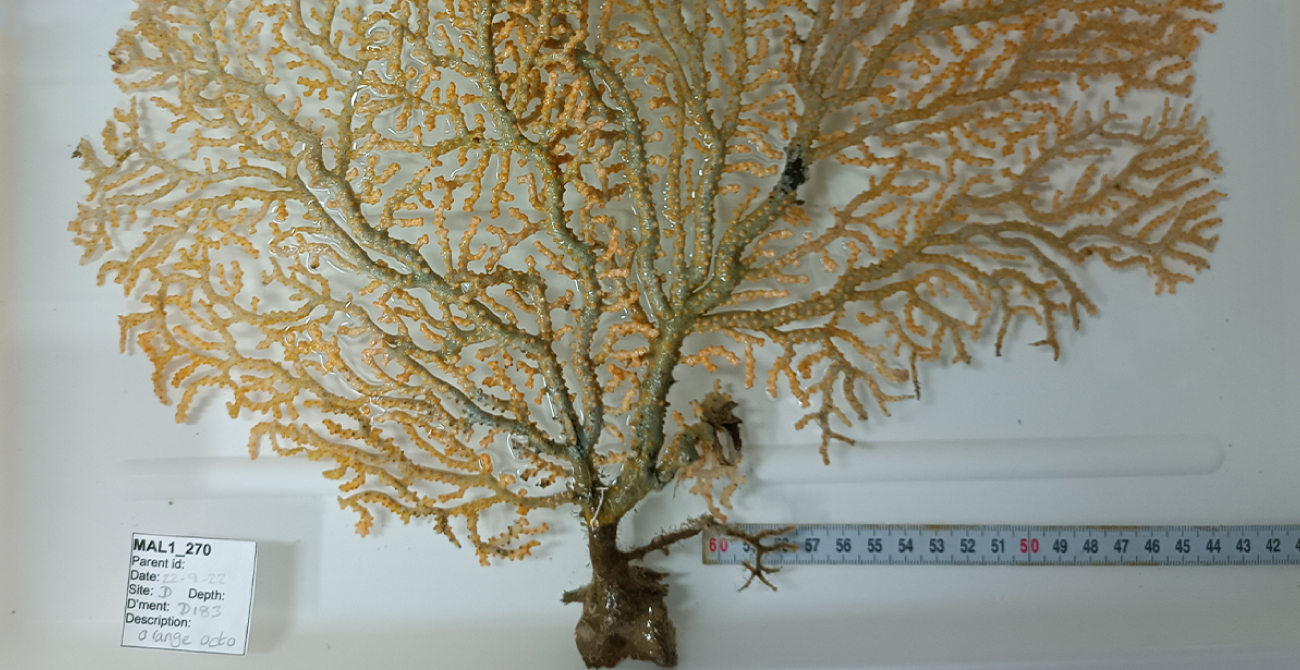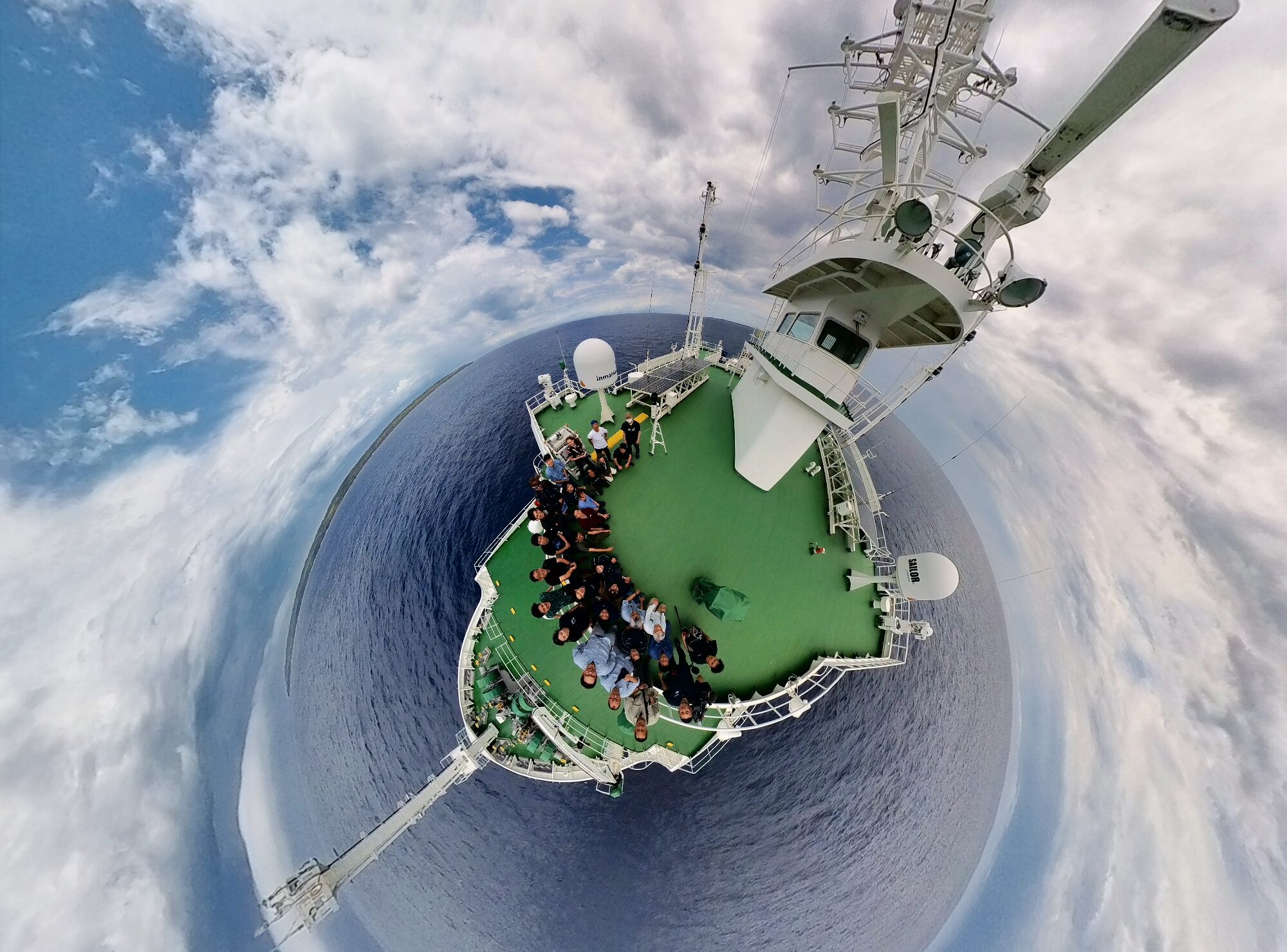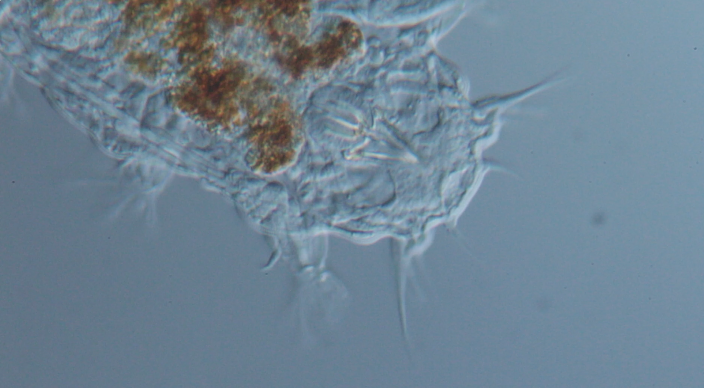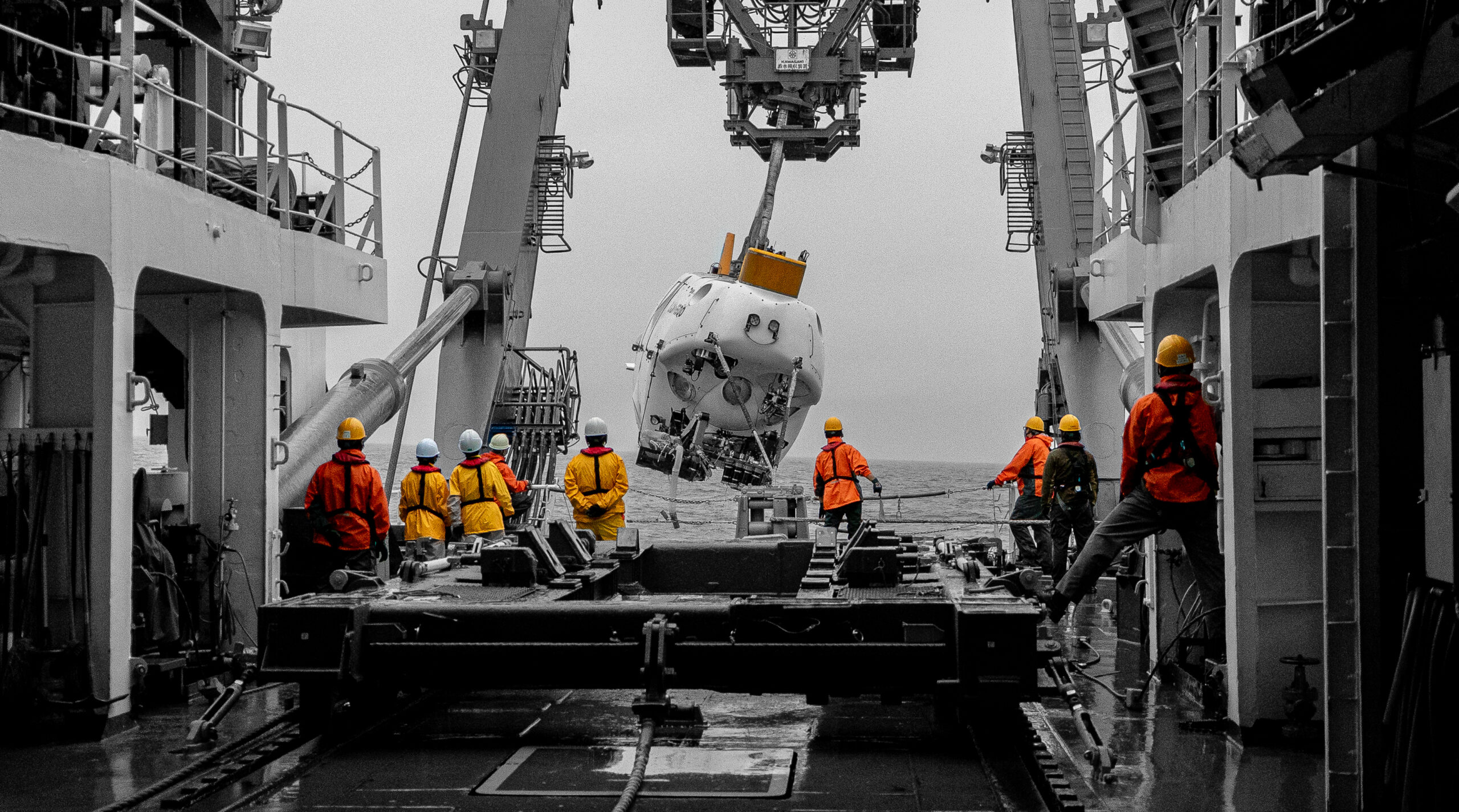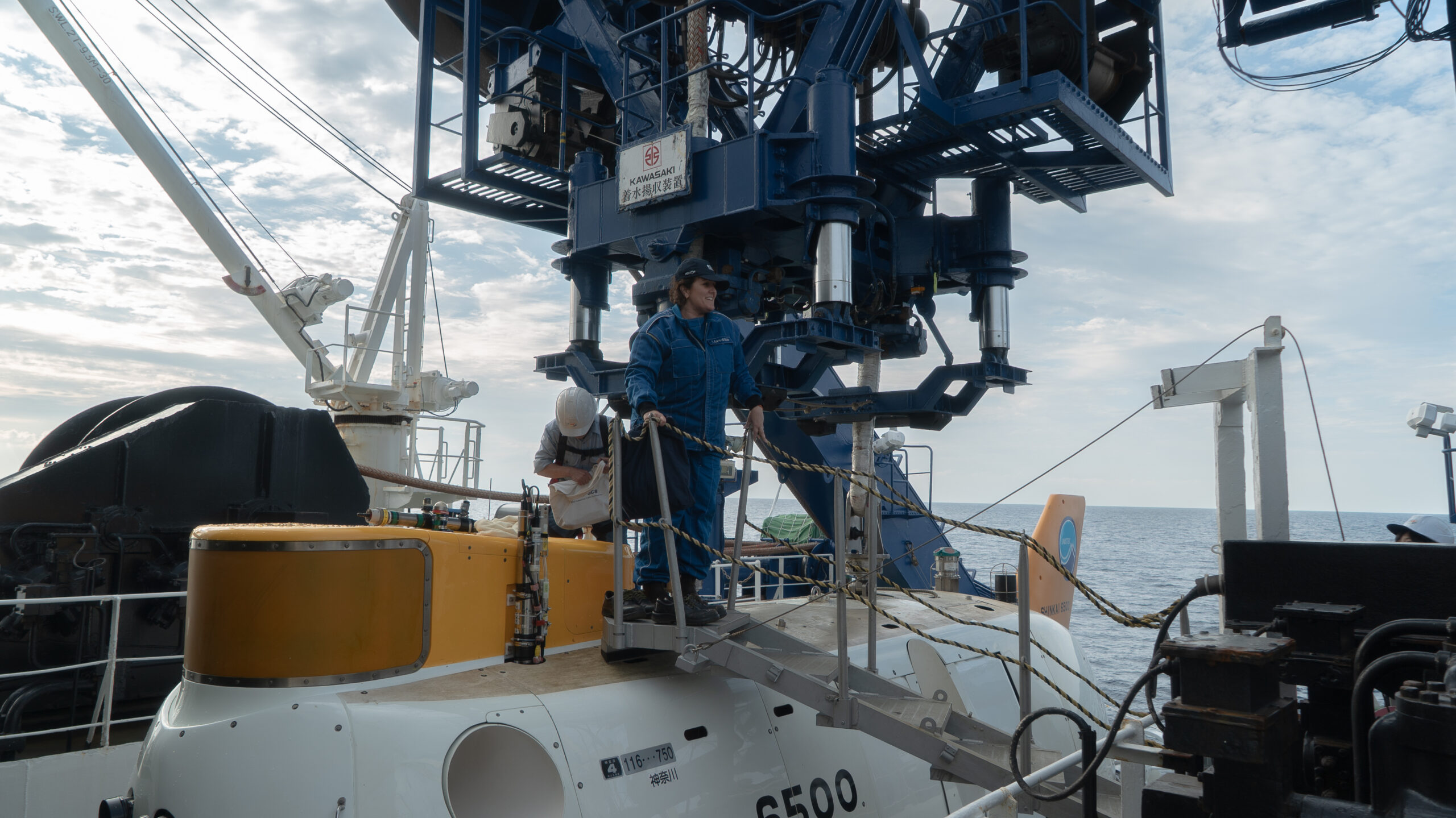

JAMSTEC Shinkai
JAPAN EEZ
The Ocean Census JAMSTEC-Shinkai expedition is a 20-day research mission that brings together Japanese Agency of Marine-Earth Science and Technology (JAMSTEC) and The Nippon Foundation-Nekton Ocean Census, with the key aim of exploring a range of deep-sea ecosystems within the Japanese EEZ (Exclusive Economic Zone) for new species of marine life.

Overview
Developed in partnership with the Japan Agency for Marine-Earth Science and Technology (JAMSTEC), this Ocean Census Flagship Expedition will utilise the deep-sea sampling capabilities of the DSV Shinkai 6500 human-operated submersible over 10 dives.
The submersible will be deployed from the R/V Yokosuka and custom equipped with a variety of biological sampling equipment and high-resolution cameras to aid in species discovery and documentation.
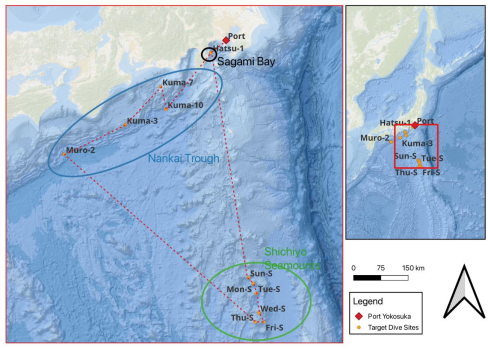
Mission facts
Dates
4 June – 23 June 2025
Duration
20 days
Location
Japan Sea: Nankai Trough and Shichiyo Seamounts
Type
Flagship
Image credits
JAMSTEC
Click on key features
Current Meter
Main Thrusters (2)
CTD
Observation Sonar
Search Lights
Search Lights
Horizontal Thruster
Manipulators
Manipulators
HD Camera
View Ports (3)
Horizontal Thruster
Sample Baskets (2)
Sample Baskets (2)

Mission brief
The expedition will target biologically rich deep-sea regions within Japan’s Exclusive Economic Zone south of Tokyo, including the Nankai Trough and Shichiyo Seamounts, aiming to discover marine species never before seen by science.
This expedition celebrates Japan’s leadership in ocean technology and deep-sea science, anchored by the legacy of Shinkai 6500. Capable of diving to depths of 6,500 metres, it is one of the world’s deepest-diving human-occupied submersibles. Since its commissioning in 1990, Shinkai has completed more than 1,800 dives and played a key role in expanding our knowledge of marine systems such as trenches, seamounts, and hydrothermal ecosystems.
Mission Partners
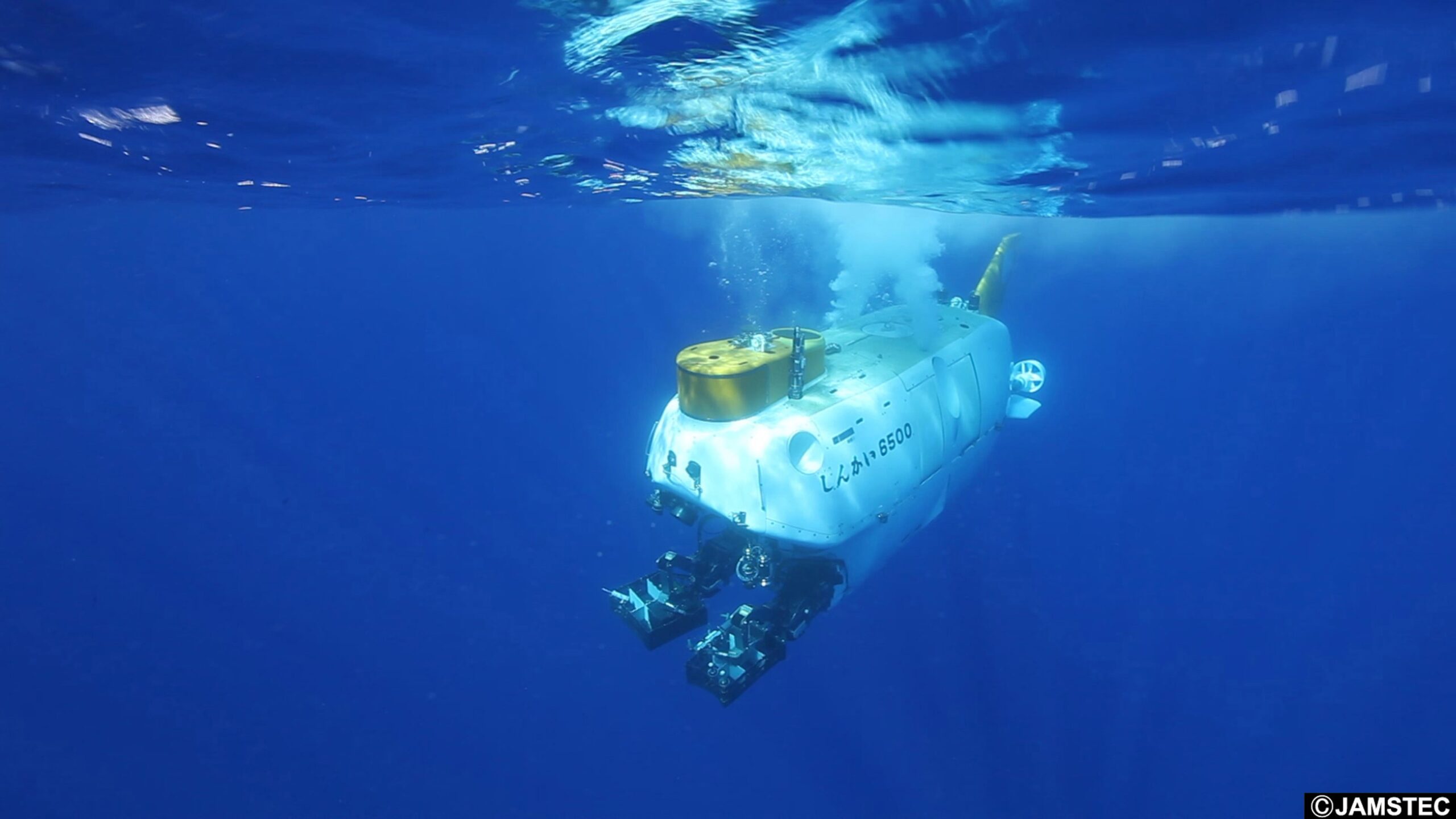


Science Objectives
The expedition’s international scientific team includes experts from JAMSTEC, the Ocean Census, Nagoya University, Hokkaido University, and the Australian National University. Together, they will aim to undertake over 10 dives, collecting and documenting deep-sea species across a range of ecosystems; from volcanic seamounts to methane seep communities.
The team expects to encounter a broad spectrum of deep-sea life, from mobile species like sea cucumbers, crabs, ribbon worms, and brittle stars, to sessile animals such as sponges and cold-water corals. They’ll also collect microscopic organisms living in seafloor sediments, including protists (diverse single-celled organisms that form the base of many food chains), nematodes (roundworms), copepods (tiny crustaceans), and tardigrades (water bears).
All species discoveries from the expedition will be shared openly via the Ocean Census Biodiversity Data Platform, supporting global access to new scientific knowledge. In late 2025, a Species Discovery Workshop will be hosted at JAMSTEC headquarters, where Japanese and international scientists will work together to identify and catalogue the samples collected.
Follow the expedition and discoveries here and as they unfold through our Global and Japanese language-specific social media channels.
All images credit: The Nippon Foundation-Nekton Ocean Census/©JAMSTEC
News
Join the census
An Alliance of scientists, governments, marine research institutes, museums, philanthropy, technology, media and civil society partners.
